Stage lighting configuration is an art and a technical endeavor. You may think it is just a matter of hanging up a few lights and flicking a switch, but in fact, the magic of lighting is much more than that. Lighting not only illuminates the stage, but also creates atmosphere, enhances emotion, guides the eye, and makes the performance more vivid and exciting. So complex, it must be considered in all aspects, then we now look at how to stage layout to lighting control, from color matching to safety considerations, so that your show shines incomparably, the audience applauded it, Are you ready for it?
- Stage Layout and Size
First, understand the layout and size of the stage. The shape (e.g., traditional stage, black box theater) and dimensions (length, width, height) of the stage will affect the type and placement of lighting equipment. Imagine, you don't want the lights shining on the audience's faces for too long unless you're offering them a free tanning session.
- Types and Functions of Lights
Choose different types of lights based on the type of performance and needs. Common stage lights include foreground lights (for the main actors), background lights, color lights, moving lights, and effect lights. Each type of light has its unique role, so make sure they don't overshadow each other.
- Positioning and Angles
Determine the best position and angle for each light. The location of hanging lights (stage truss, light stands, beams, or walls) and the angle of the fixtures are crucial. It's like finding the best seat in a movie theater; getting the perfect angle is key.
- Intensity and Control
Adjust the intensity and brightness of the lights according to stage requirements. The strength of the lights can be controlled by the wattage of the bulbs, the number of lights, and dimmers or control systems. Think of the lighting control system as the DJ of the lights, allowing you to set the mood as you wish.
- Colors and Filters
Color is the soul of stage lighting. By using different colored filters or LED lights, various atmospheres and emotional effects can be created on stage. Filters are like makeup for lights, making the stage more colorful and vibrant.
- Moving Lights and Effect Lights
Want to make the performance more dynamic? Use moving lights! Moving head lights, wall lights, etc., can be precisely positioned and moved via control systems, following actors or stage dynamics. Effect lights, such as projectors, laser lights, and fog lights, can create stunning visual effects that dazzle the audience.
- Safety Considerations
Safety is always the top priority when setting up stage lighting. Ensure that fixtures and cables are correctly installed and connected to prevent accidents. Avoid overheating fixtures to reduce fire risk. Regularly check and maintain lighting equipment to ensure that the sparks on stage come only from the performance, not from accidents.
These are general guidelines for stage lighting setup. The specific methods and arrangements may vary from stage to stage. When actually setting up stage lighting, it is recommended to consult a professional engineer, who can provide more accurate suggestions and solutions based on your specific needs and venue. For more information, please follow our Betopper official website https://betopperdj.com/, or our official YouTube account https://www.youtube.com/@betopperofficial. Welcome!!!


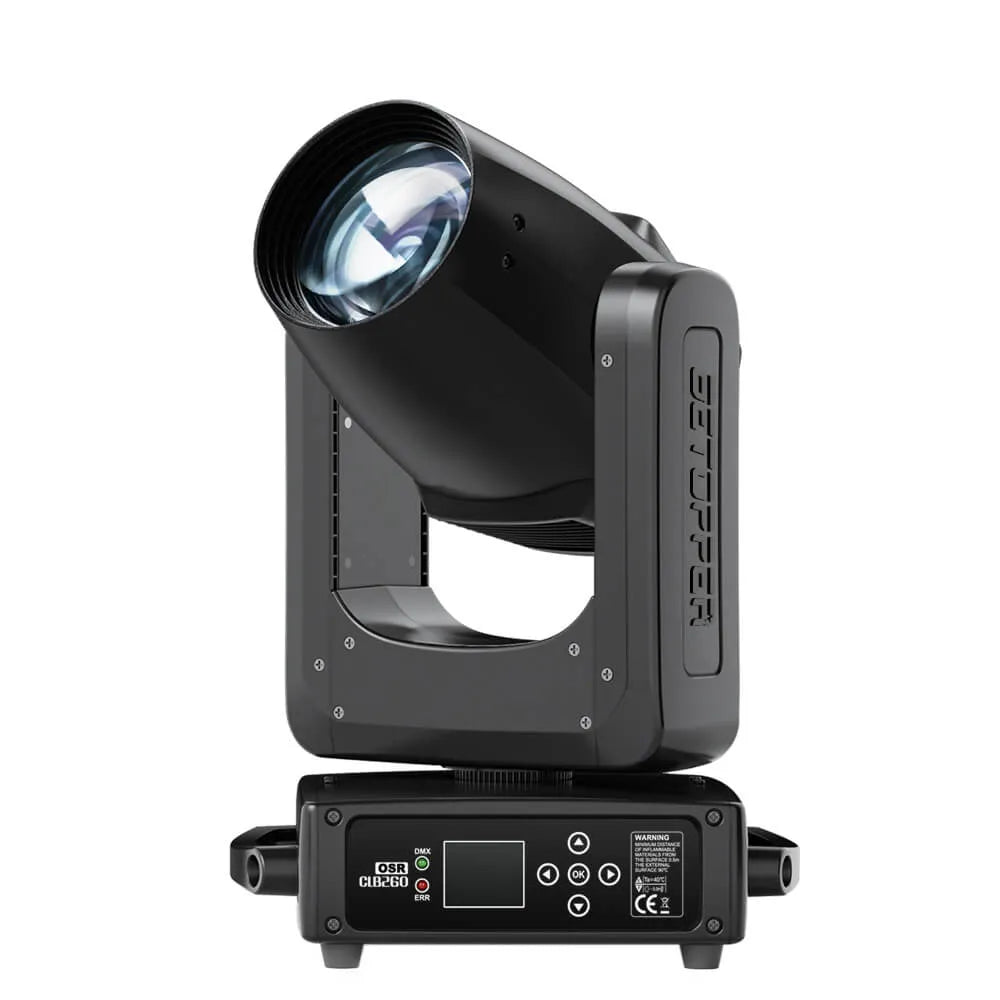
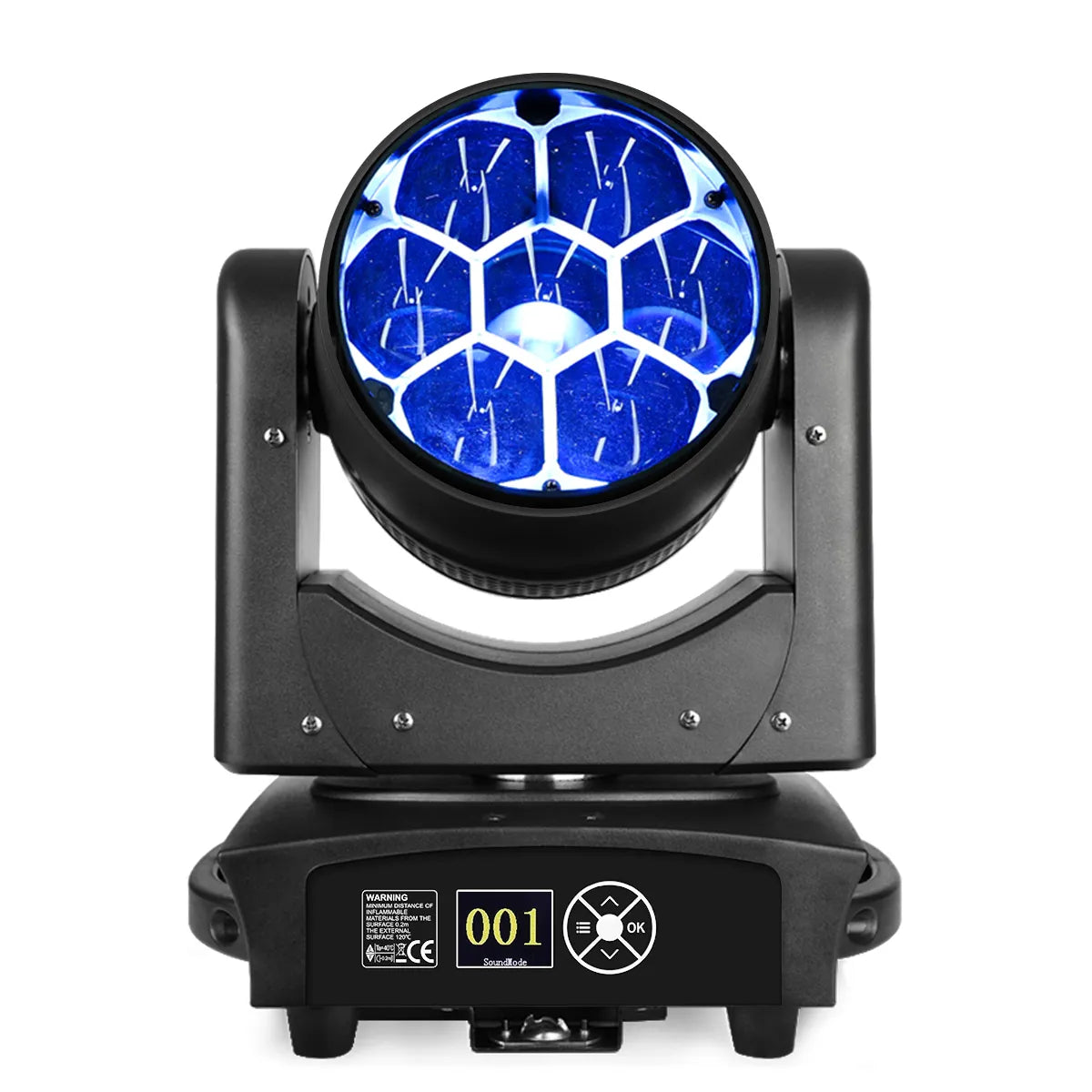
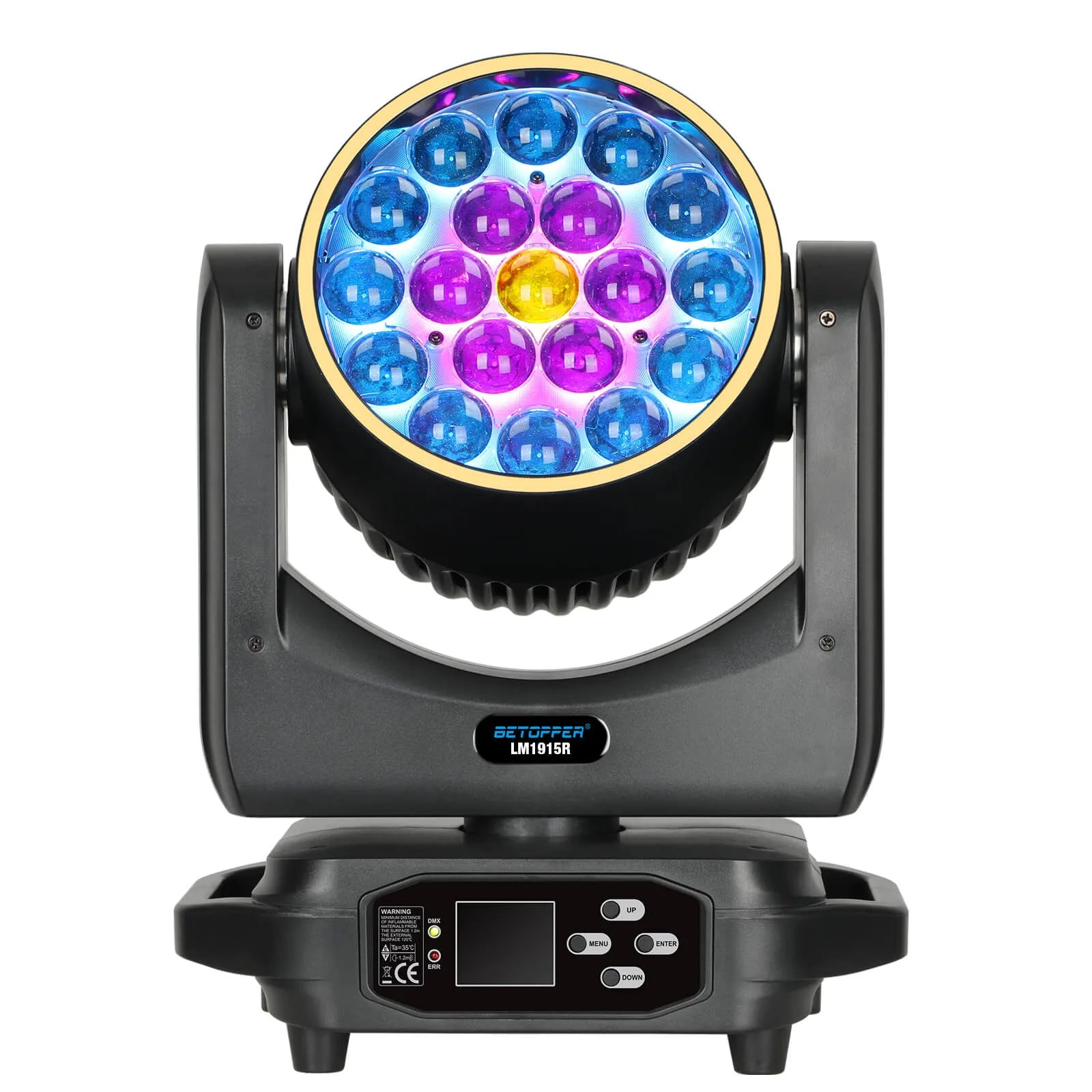
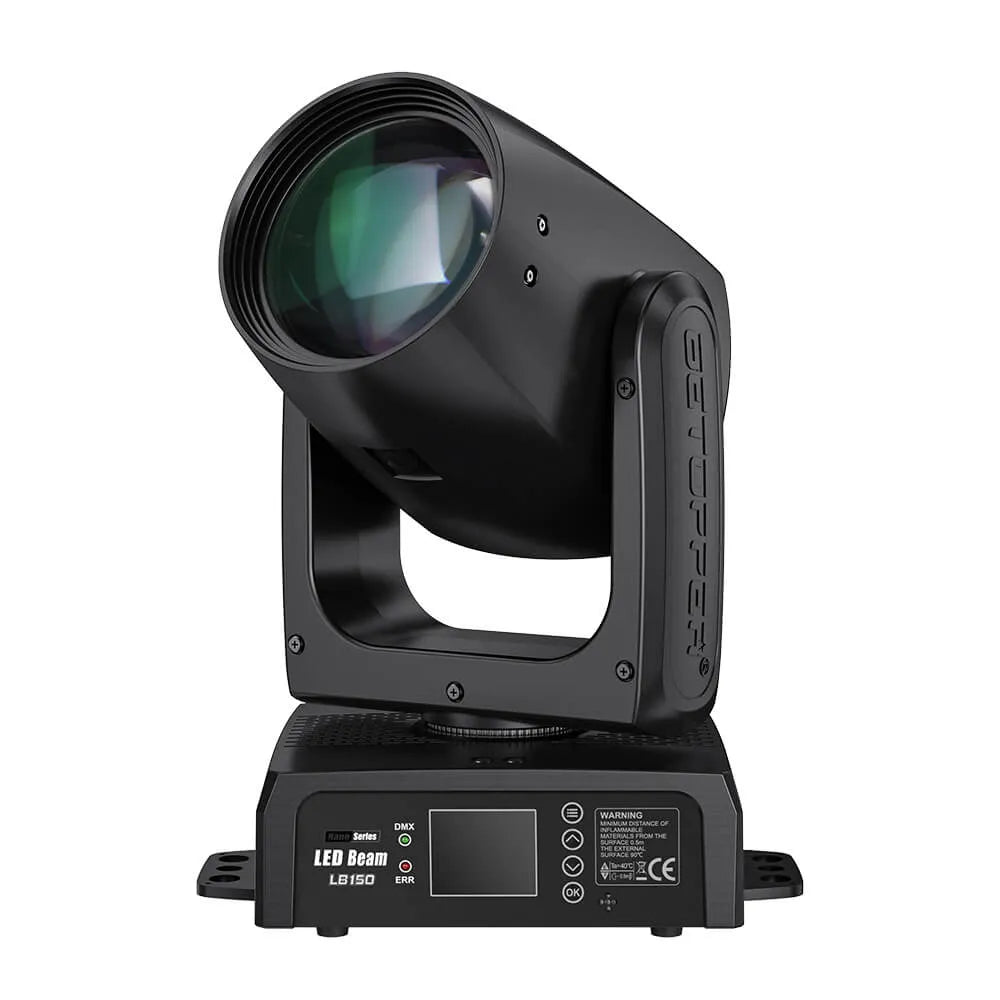
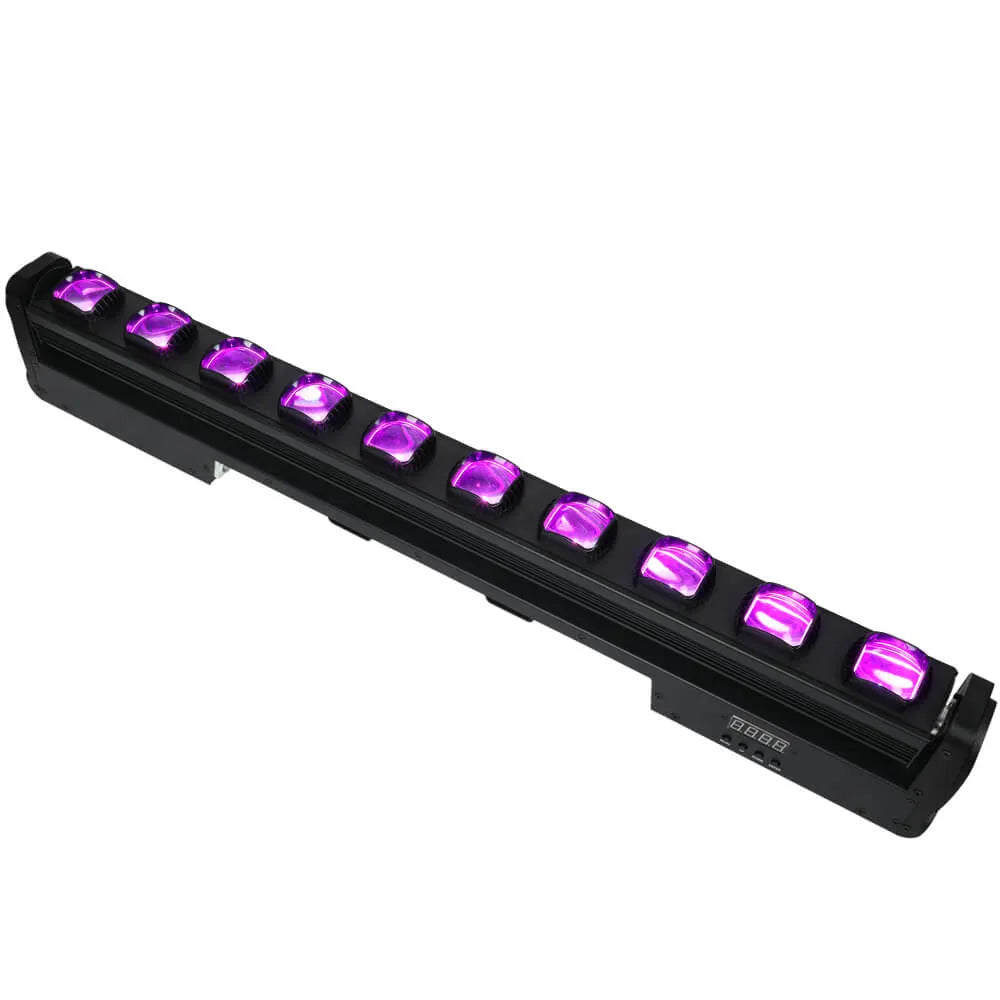
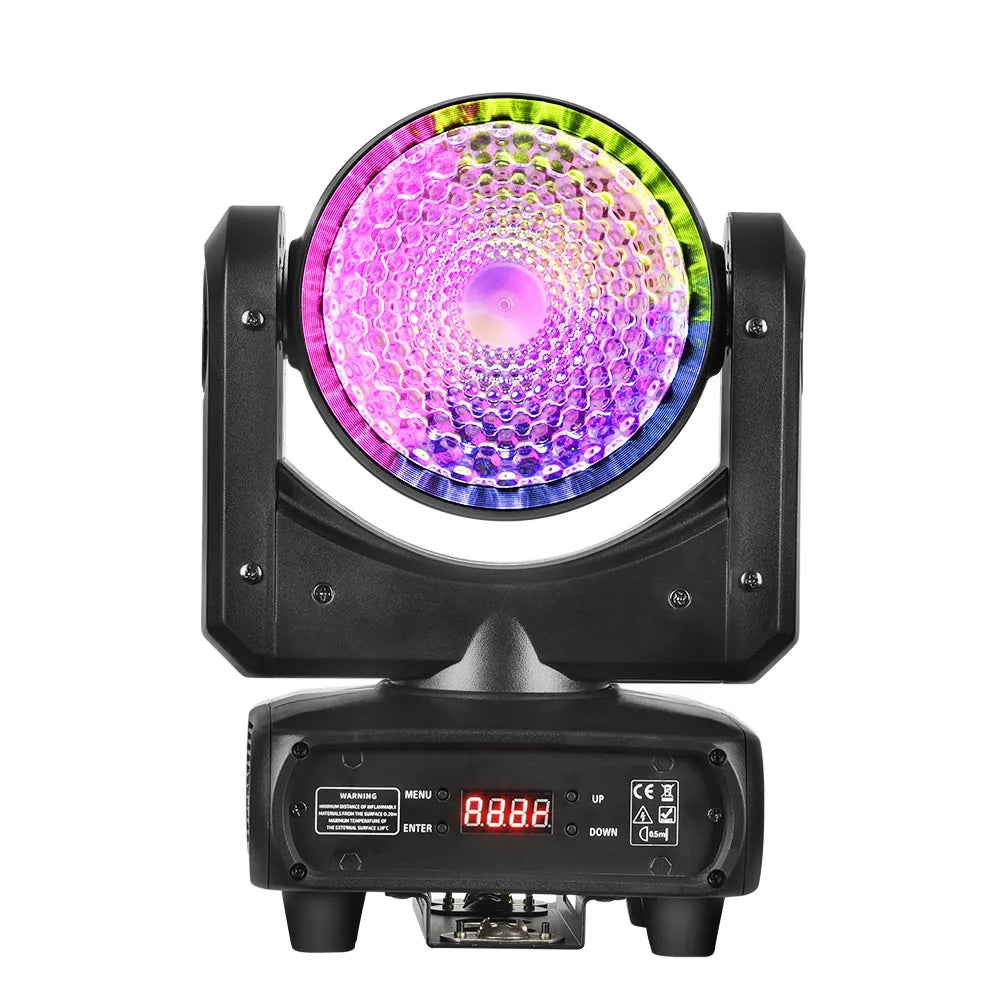
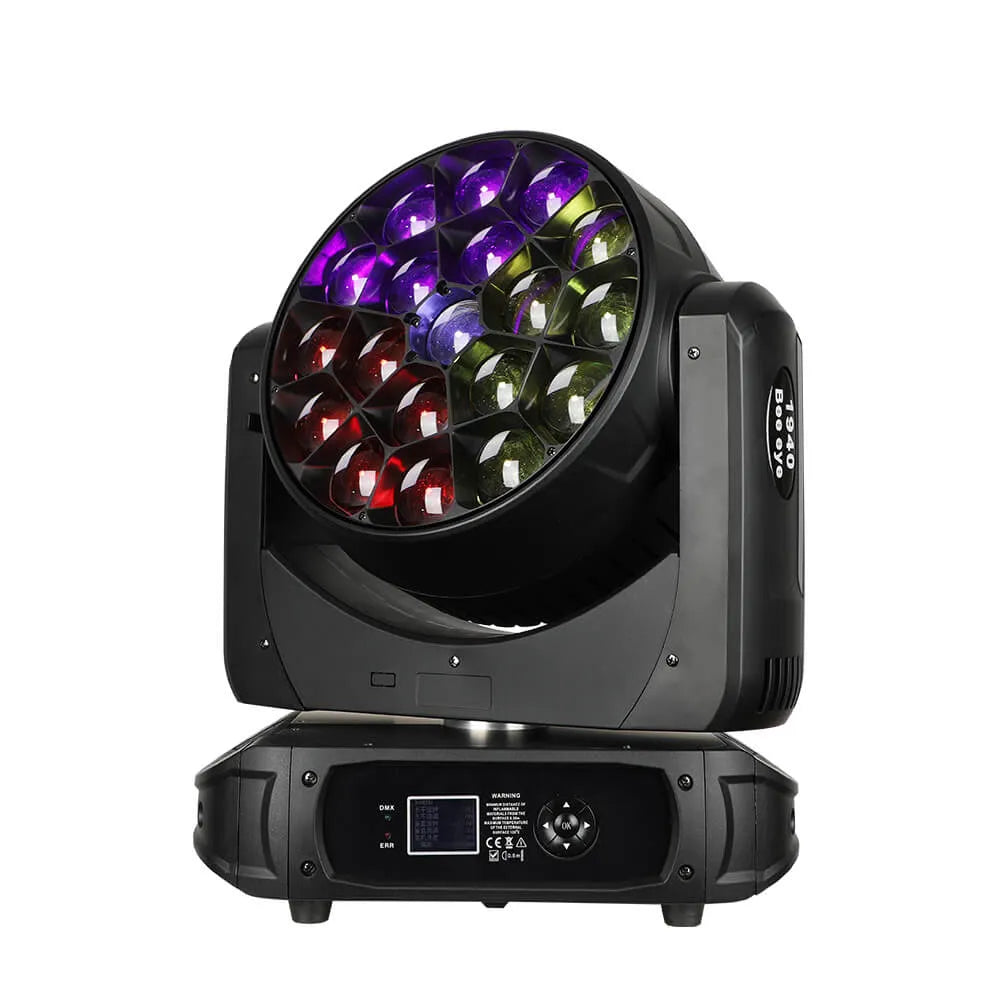
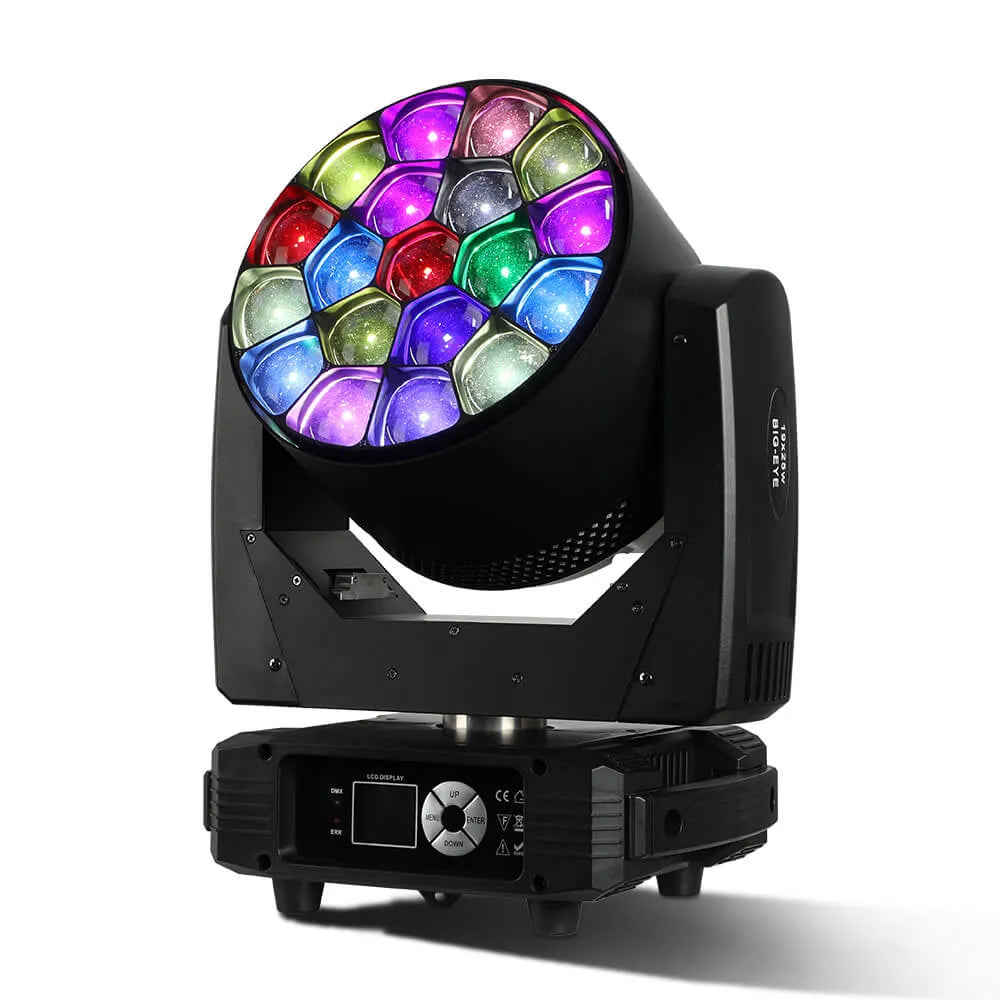
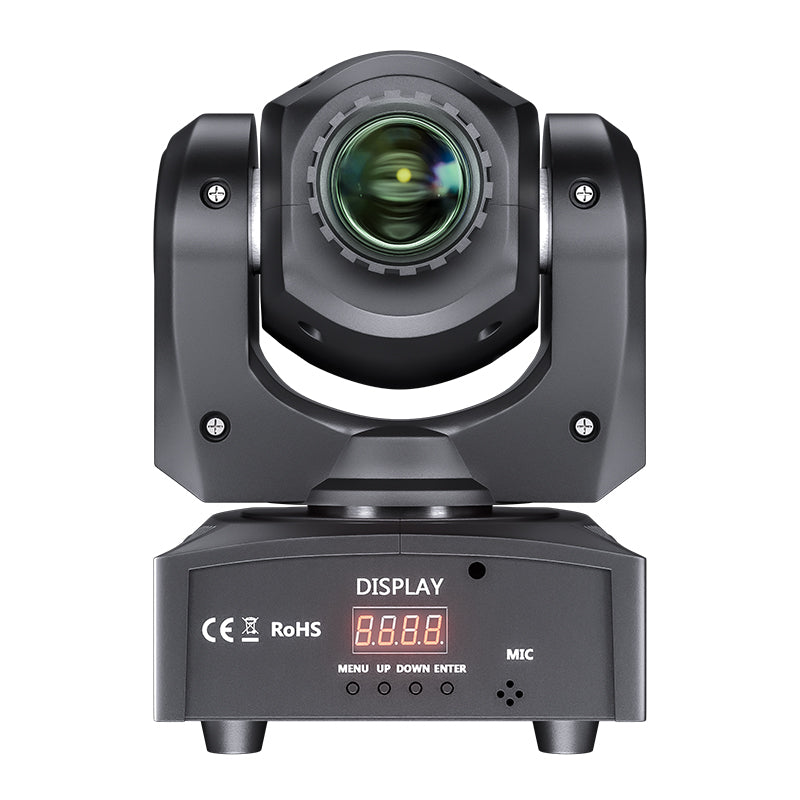
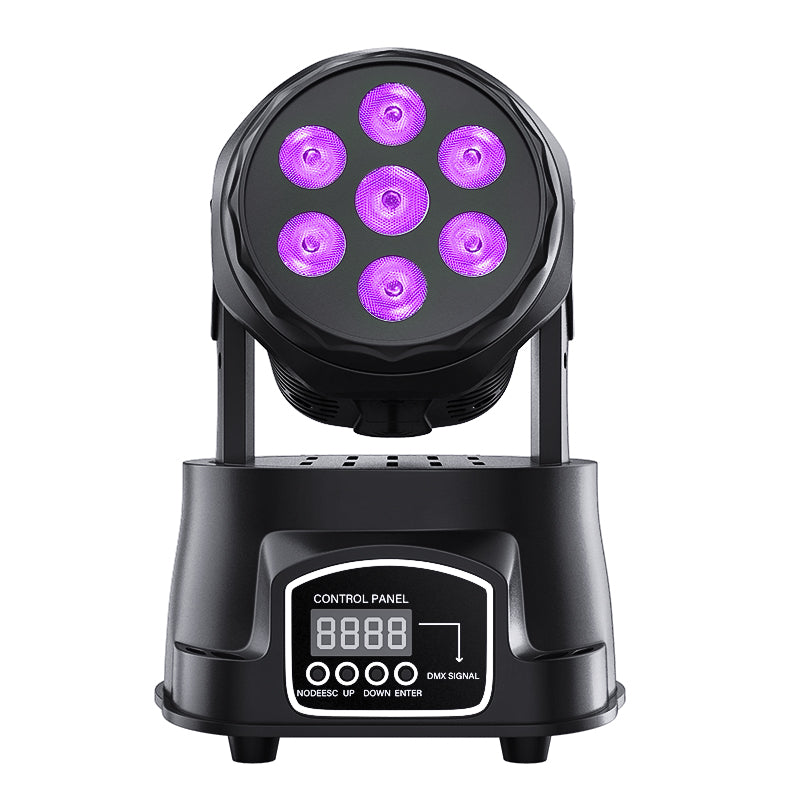
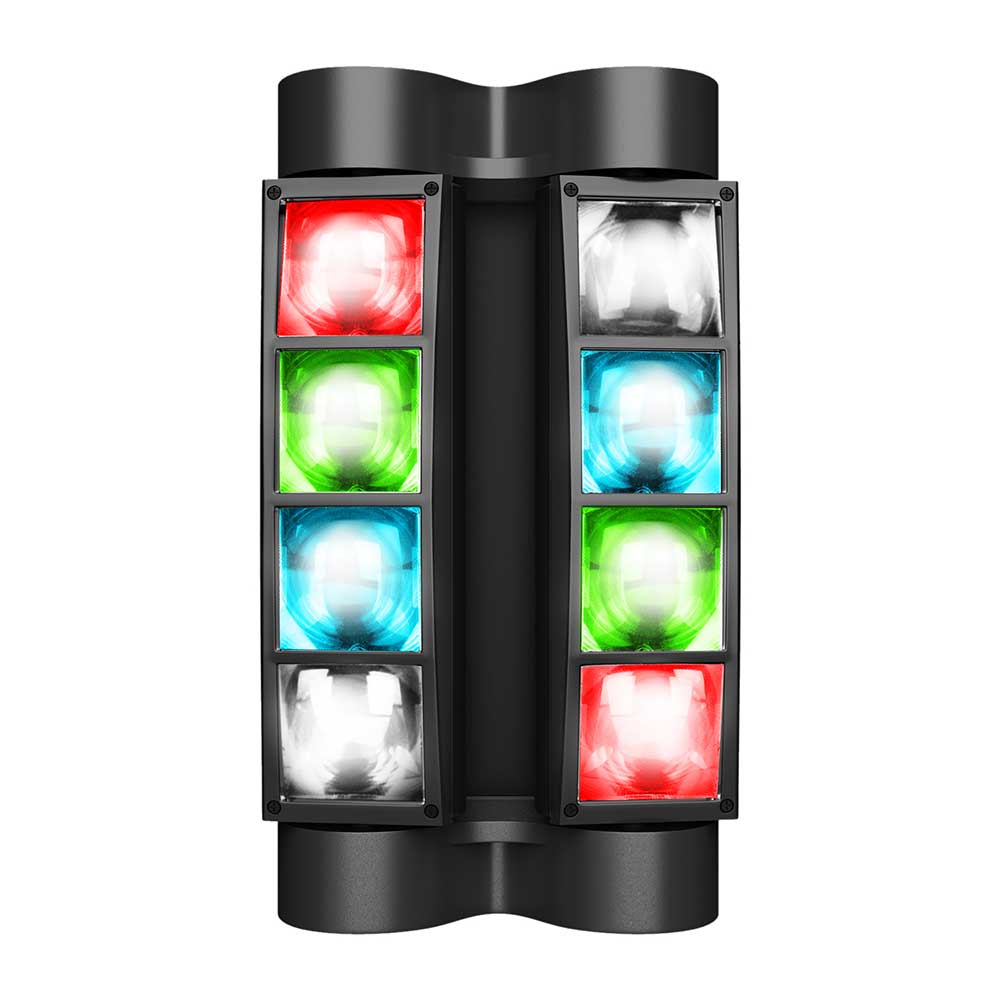

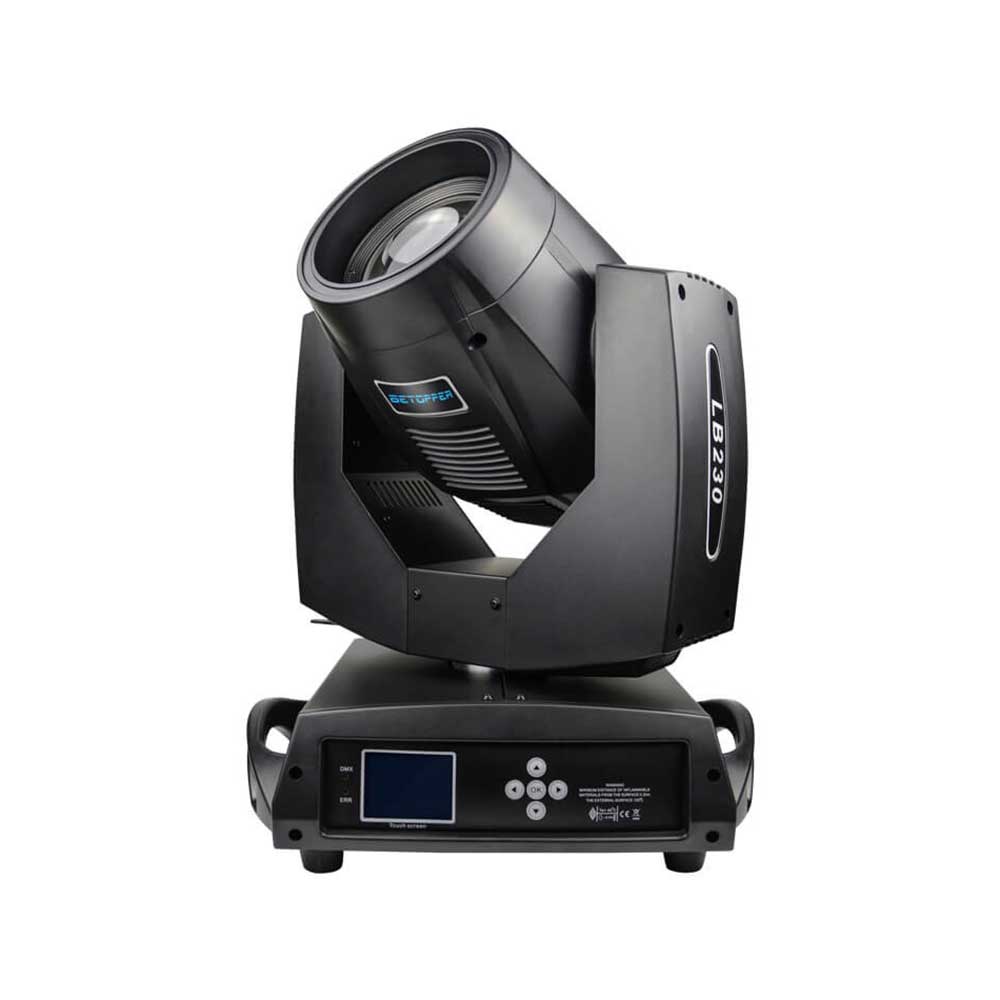
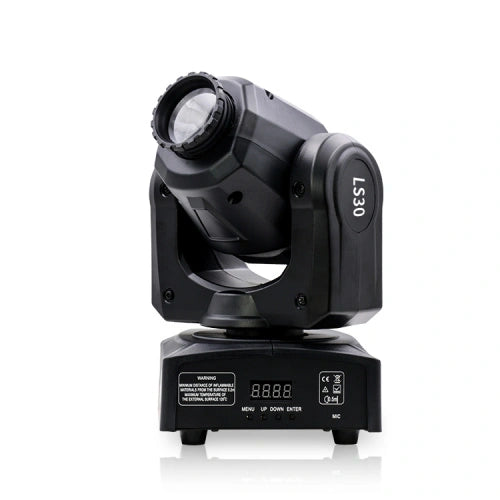
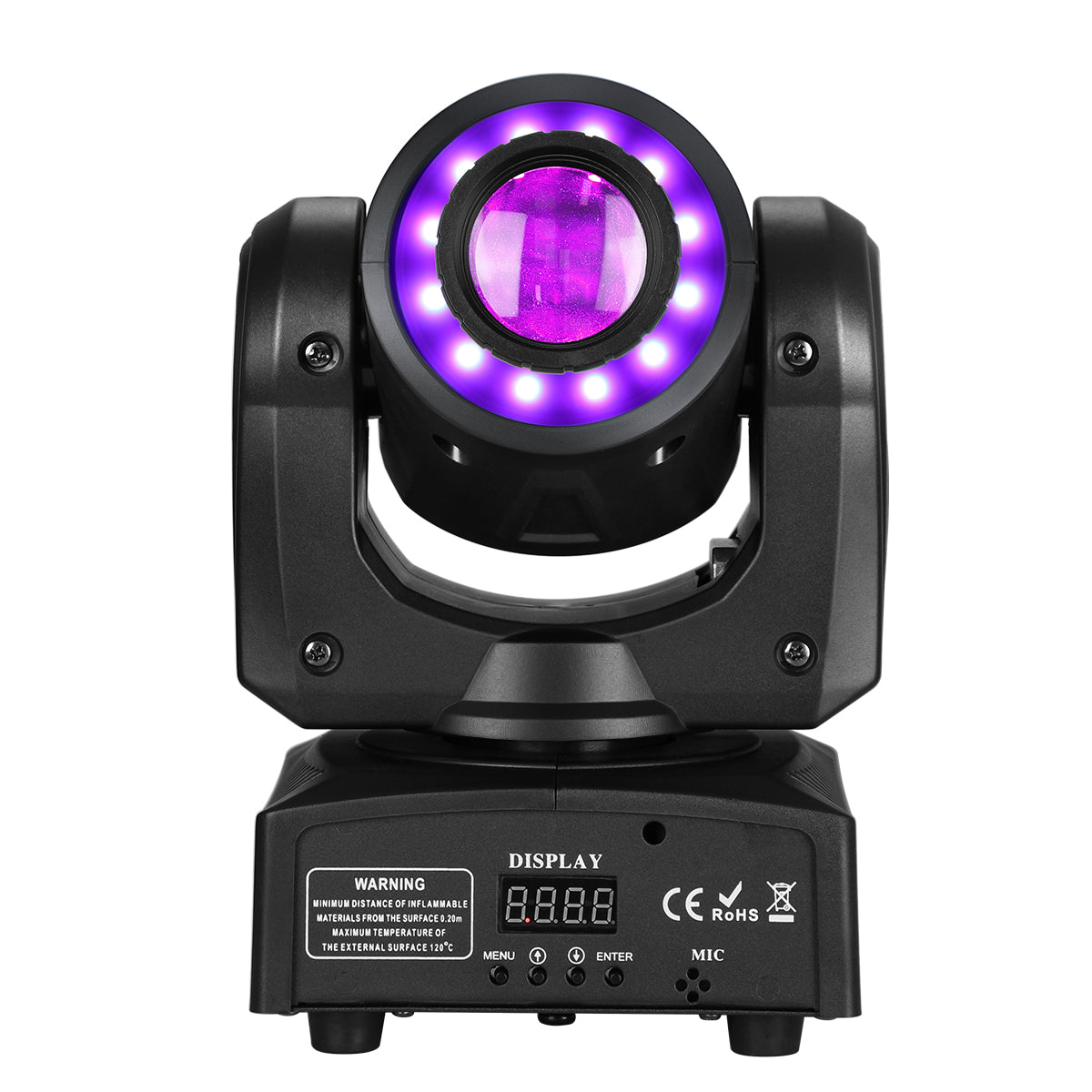
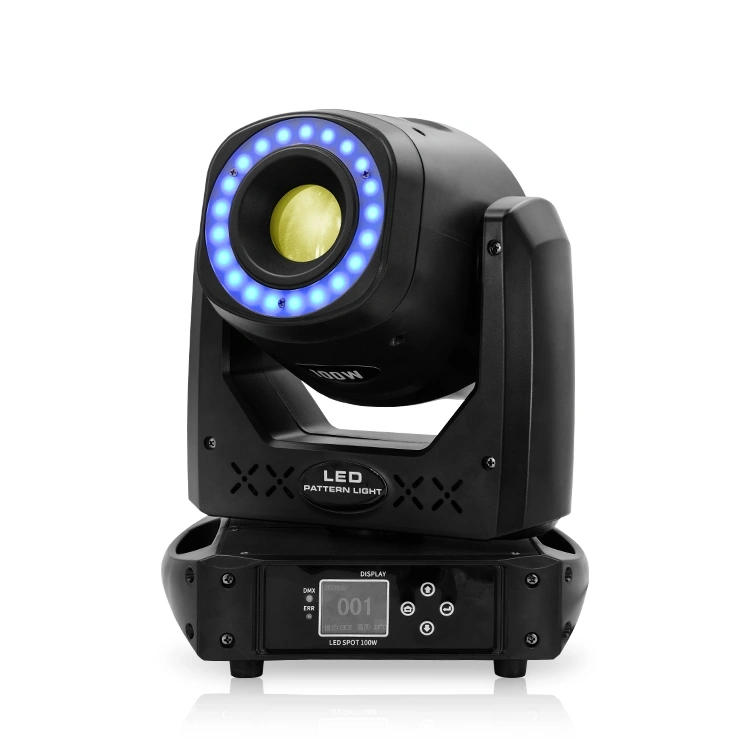


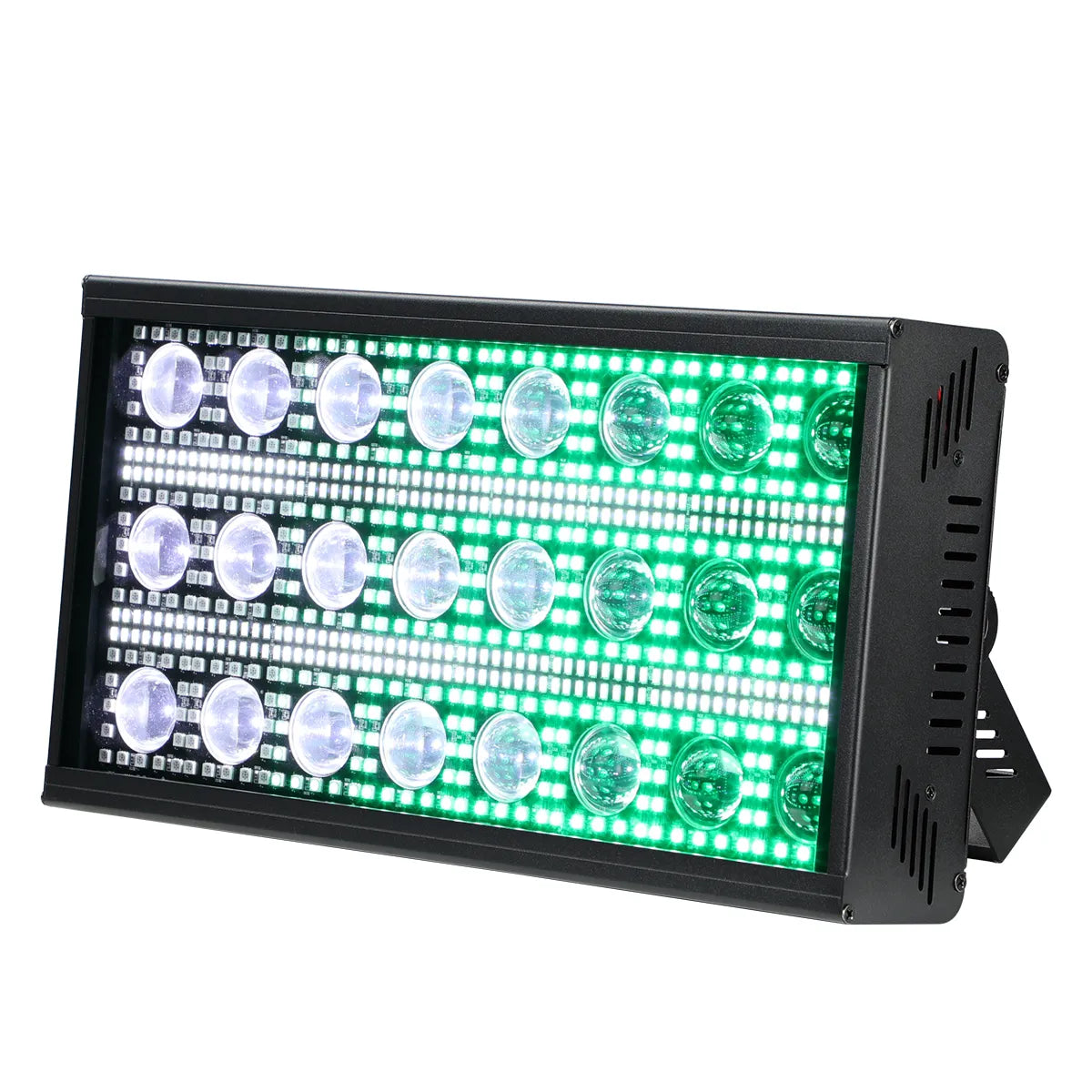
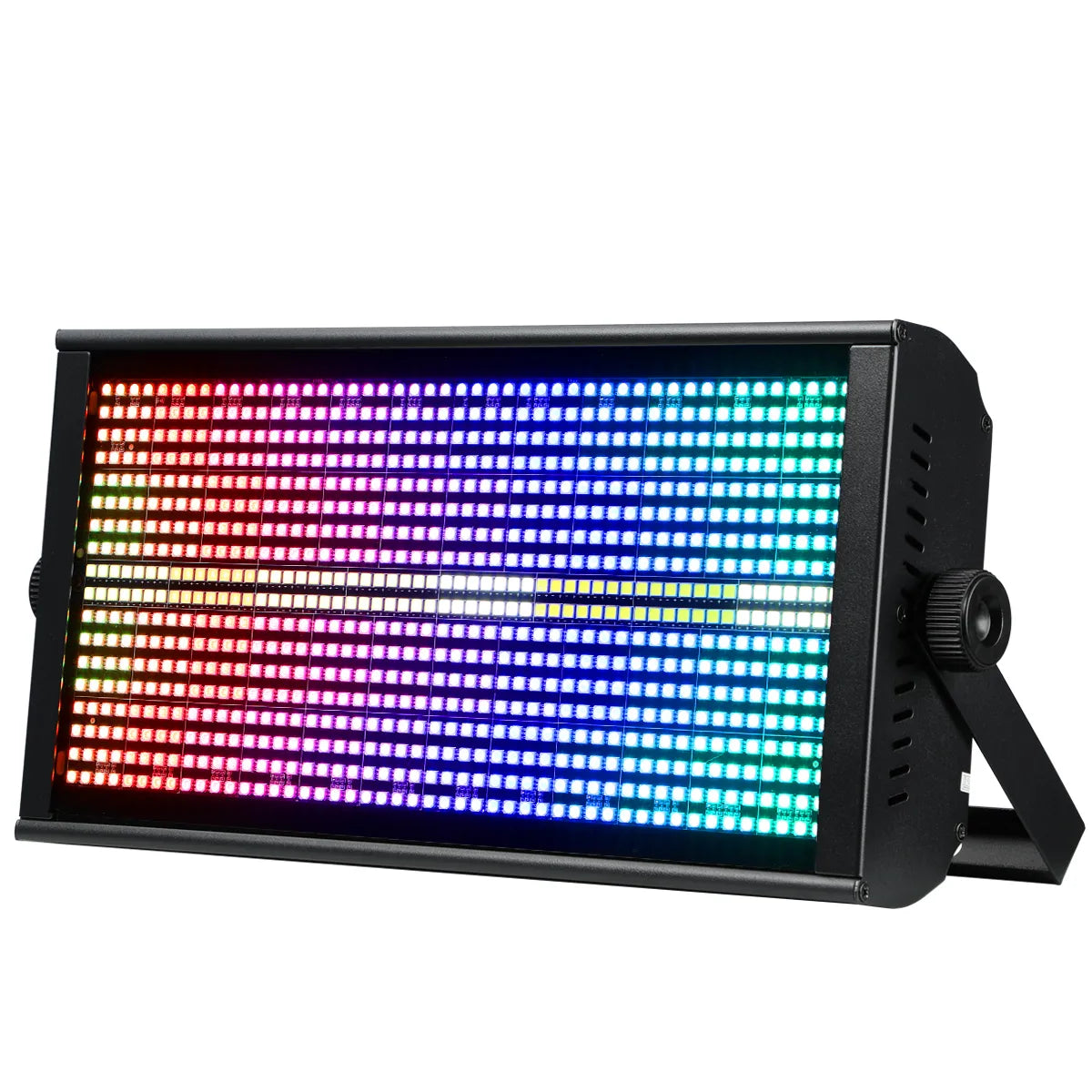
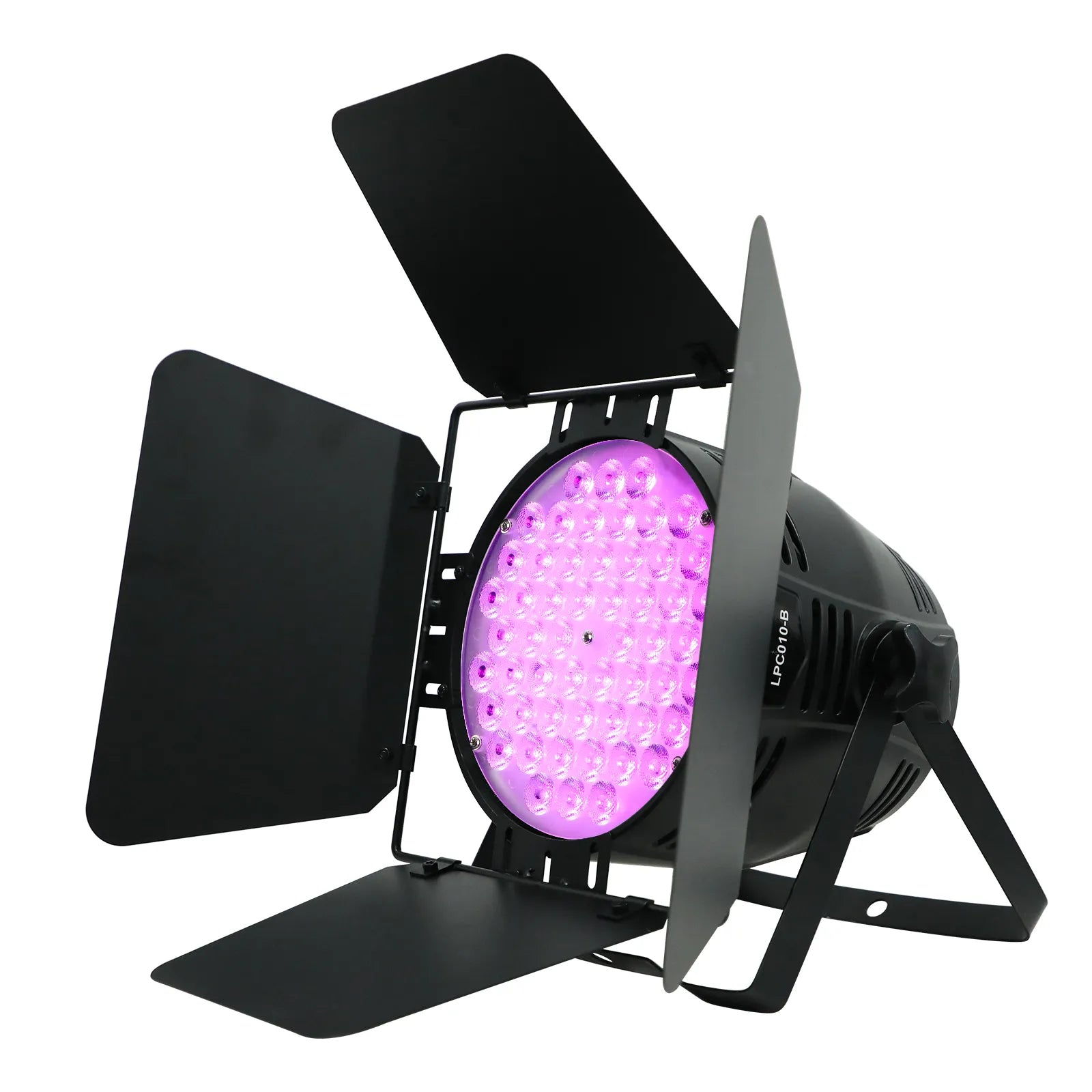
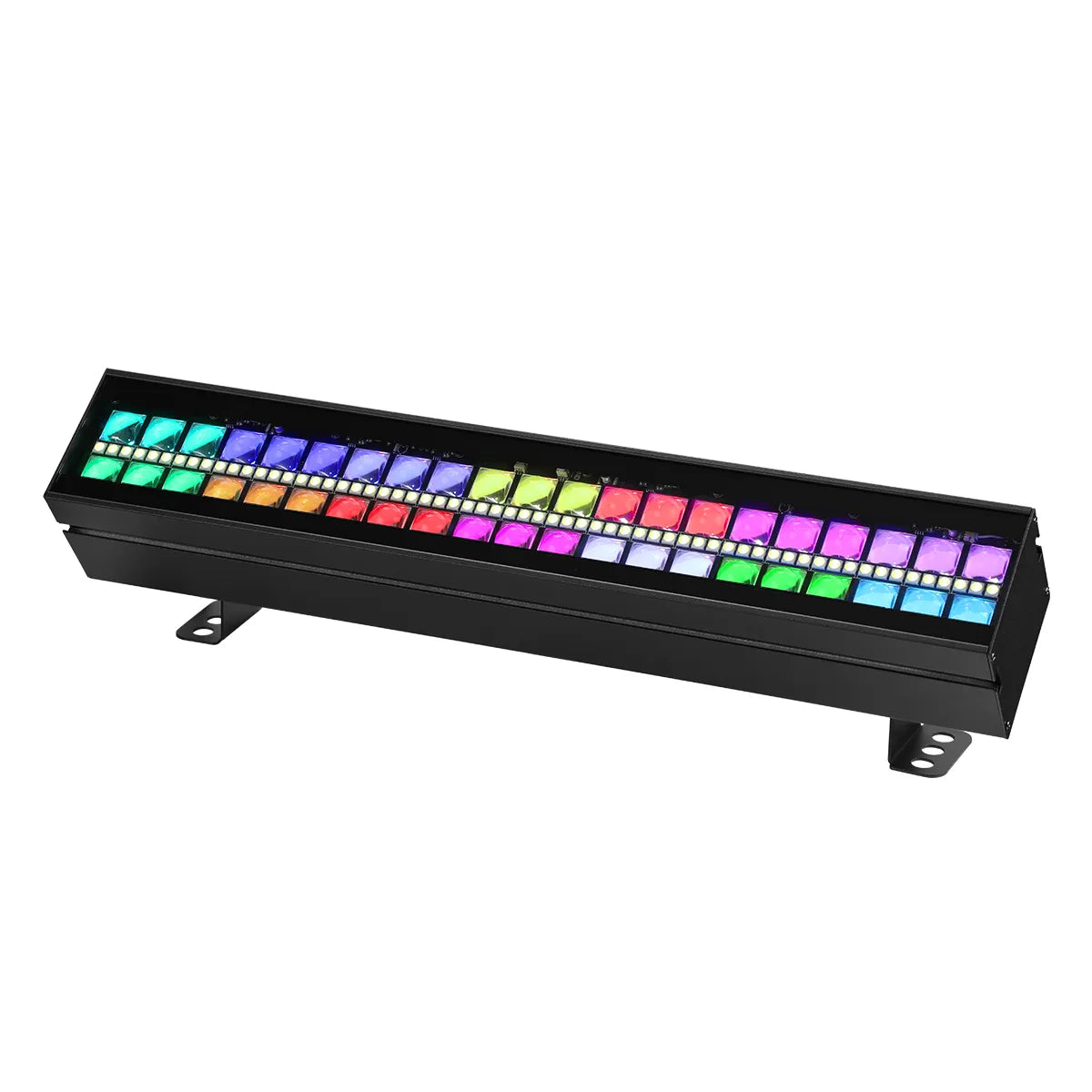

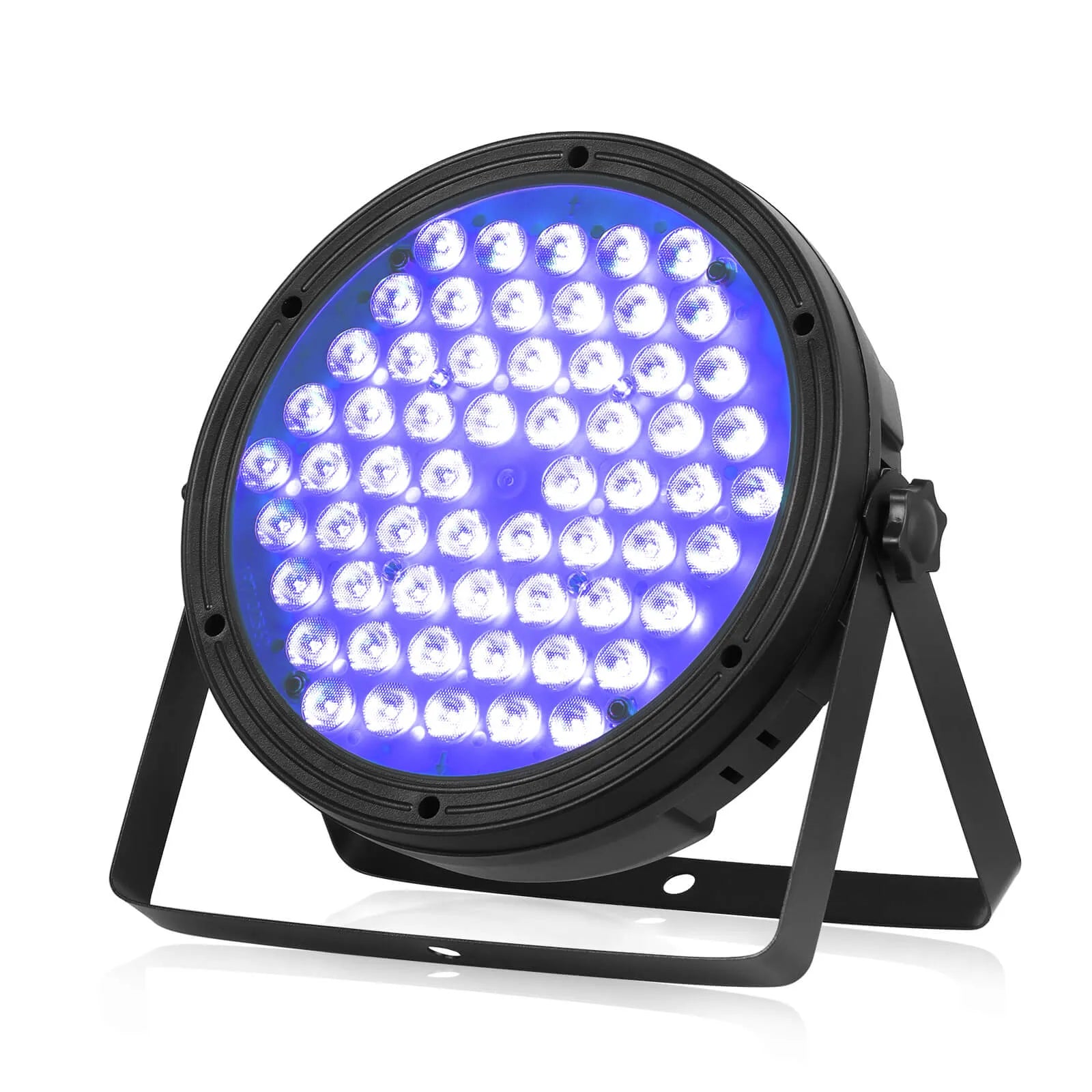
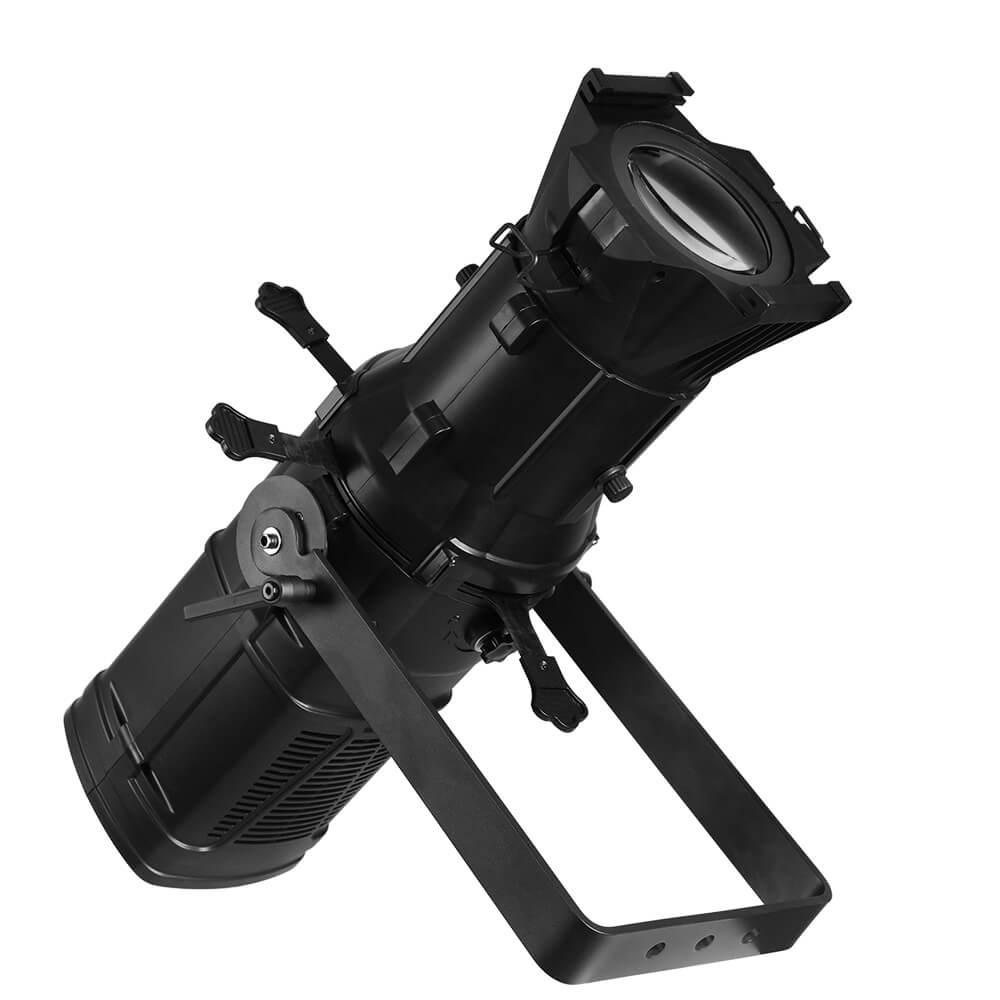
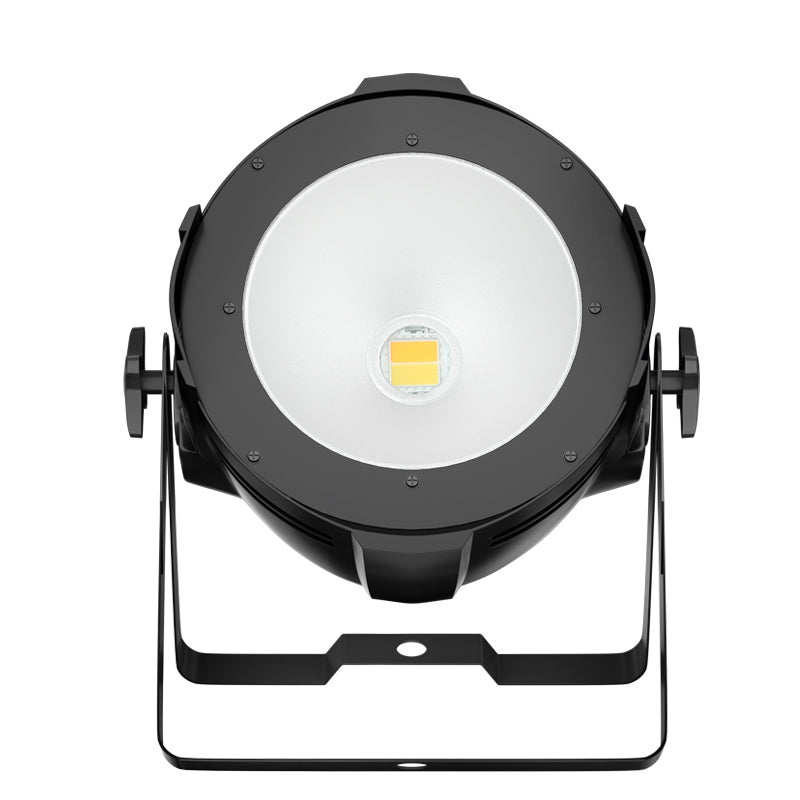
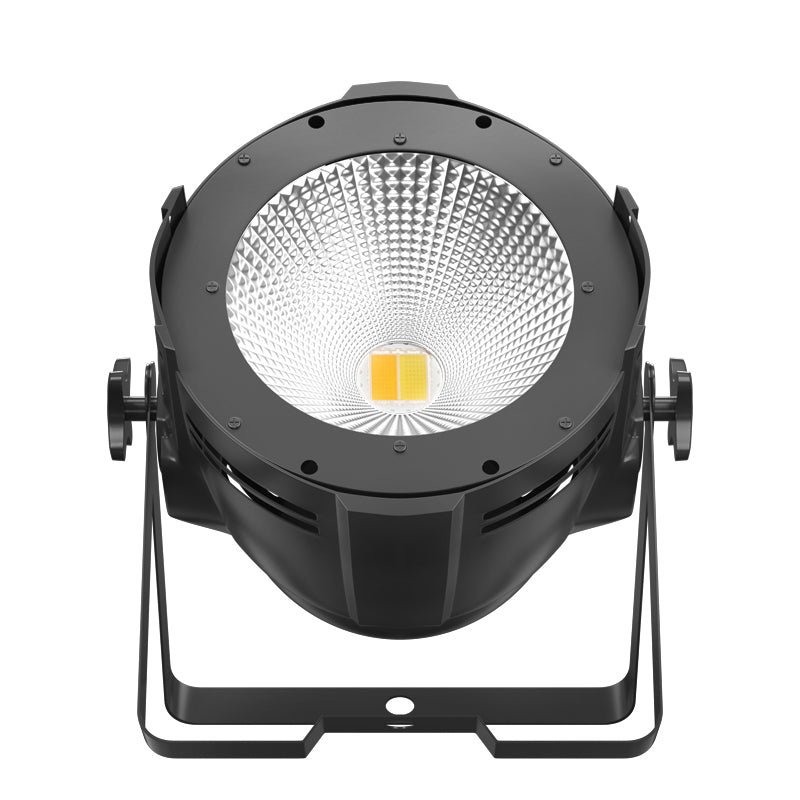
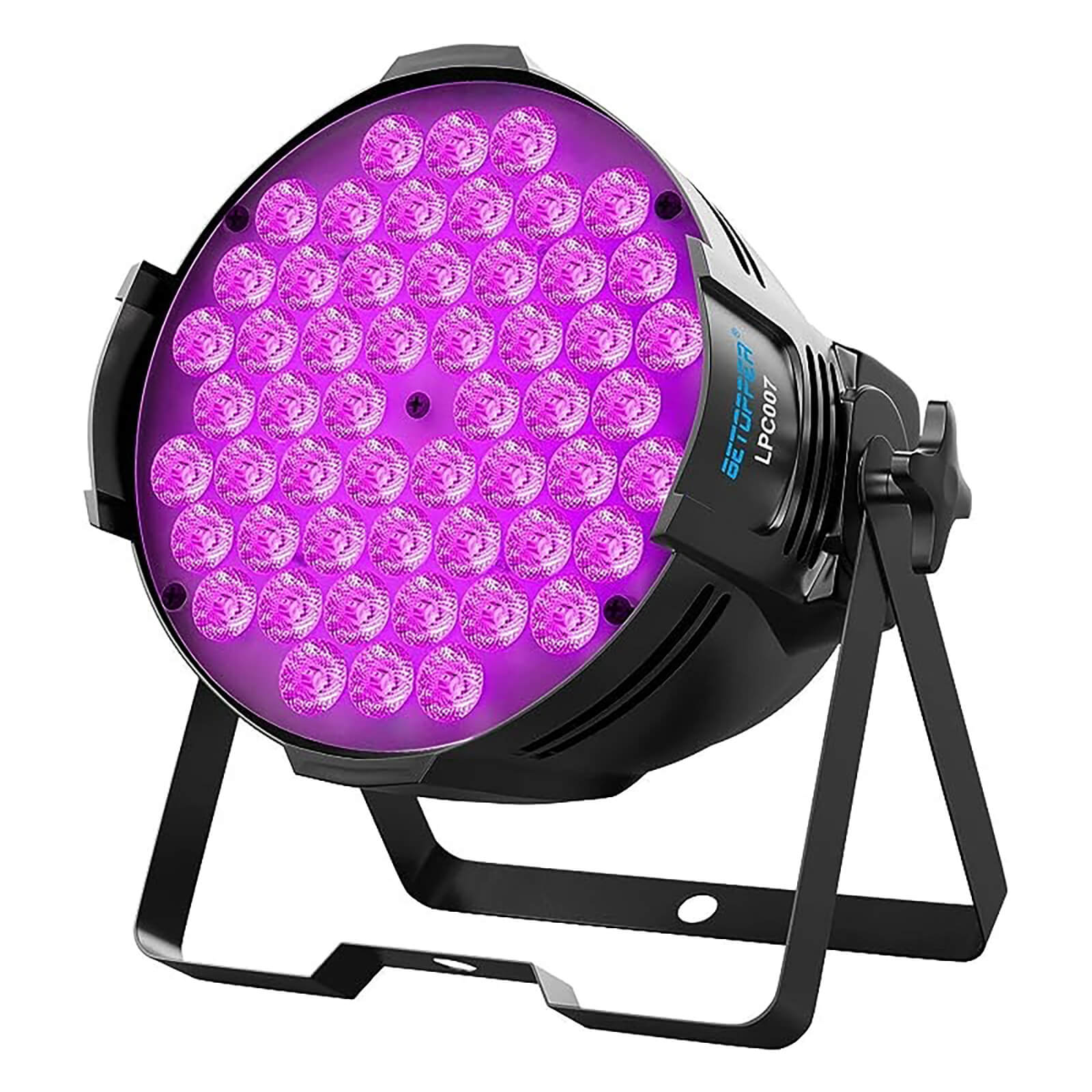
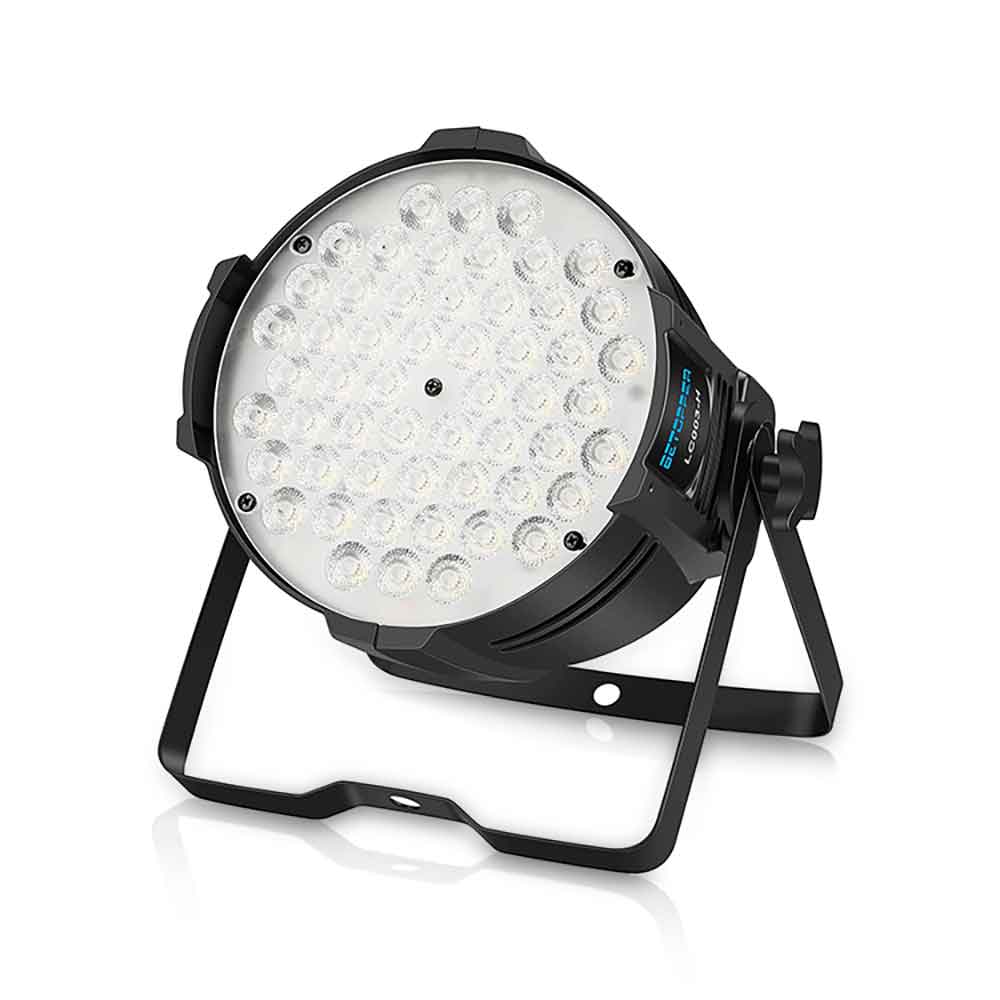



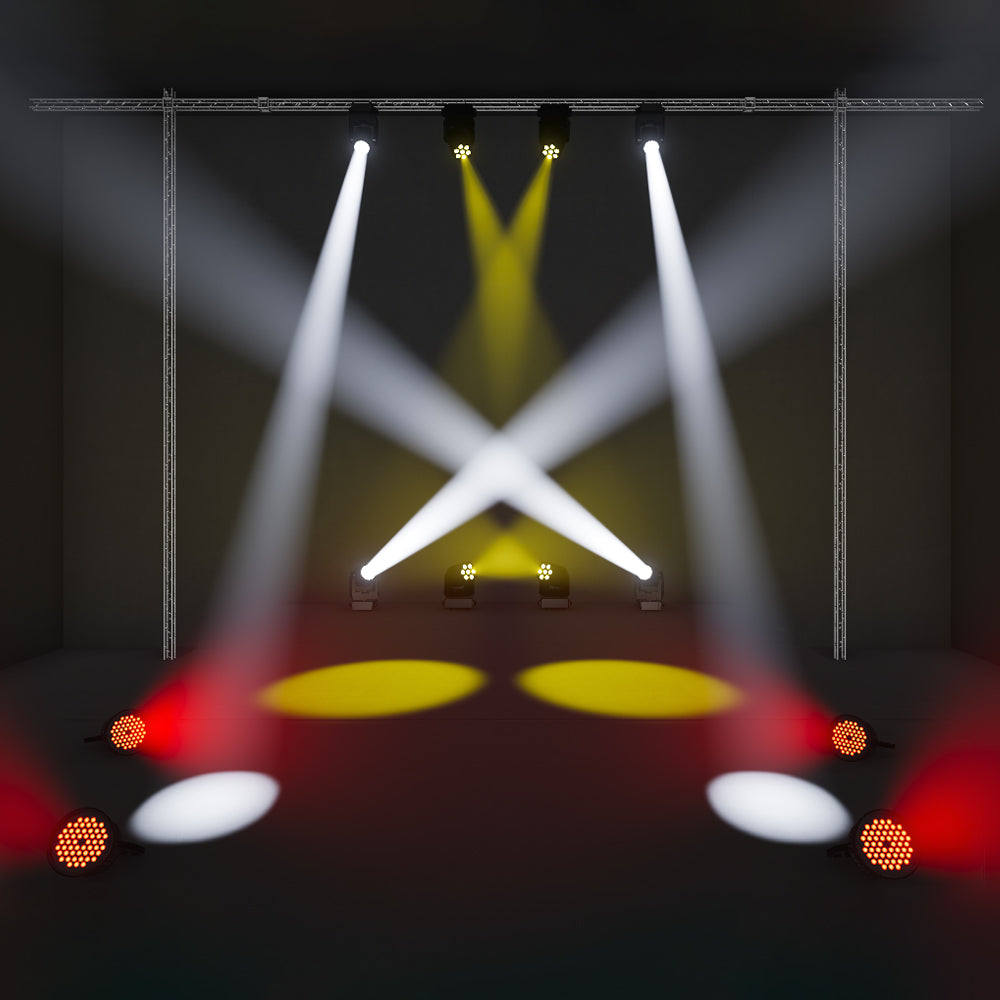
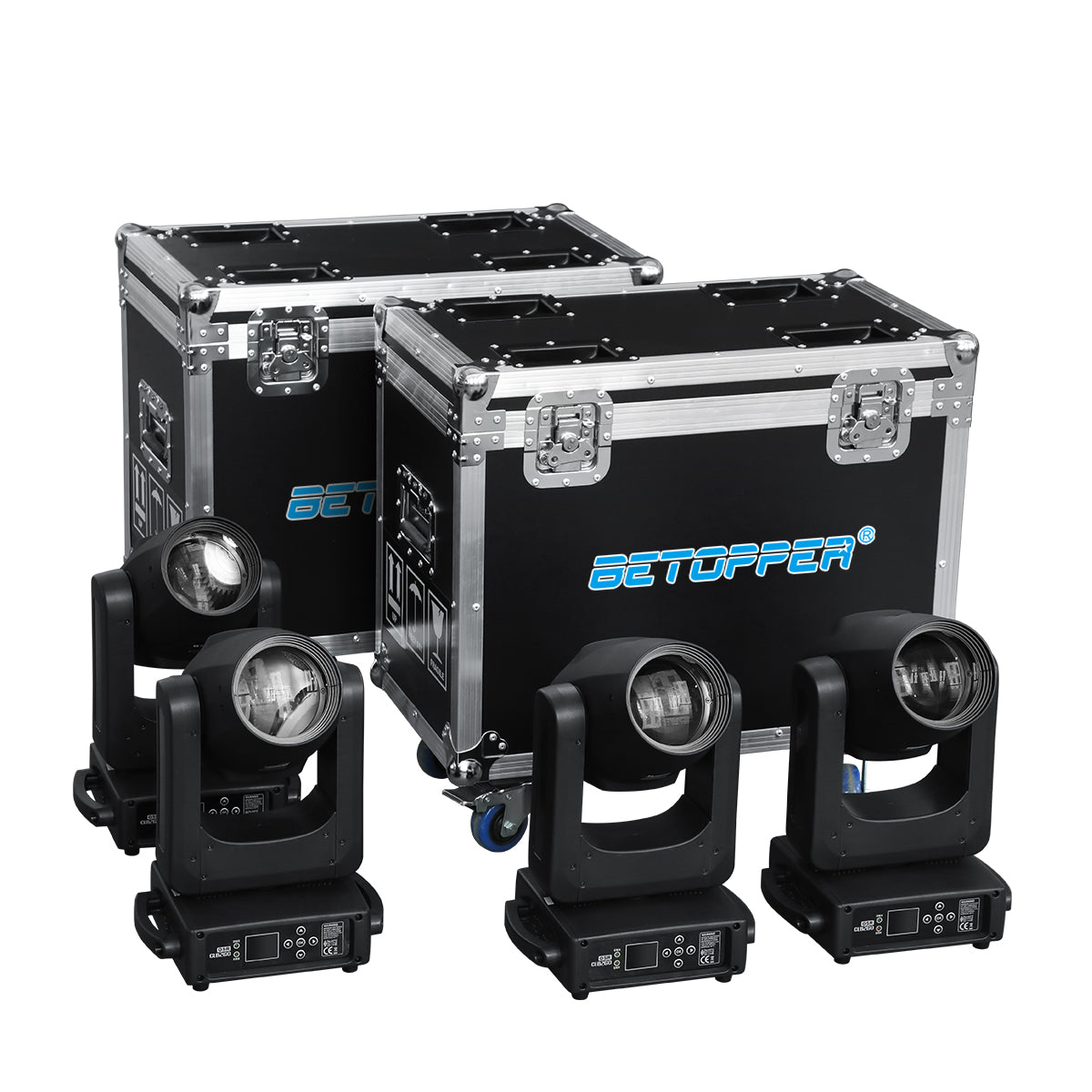
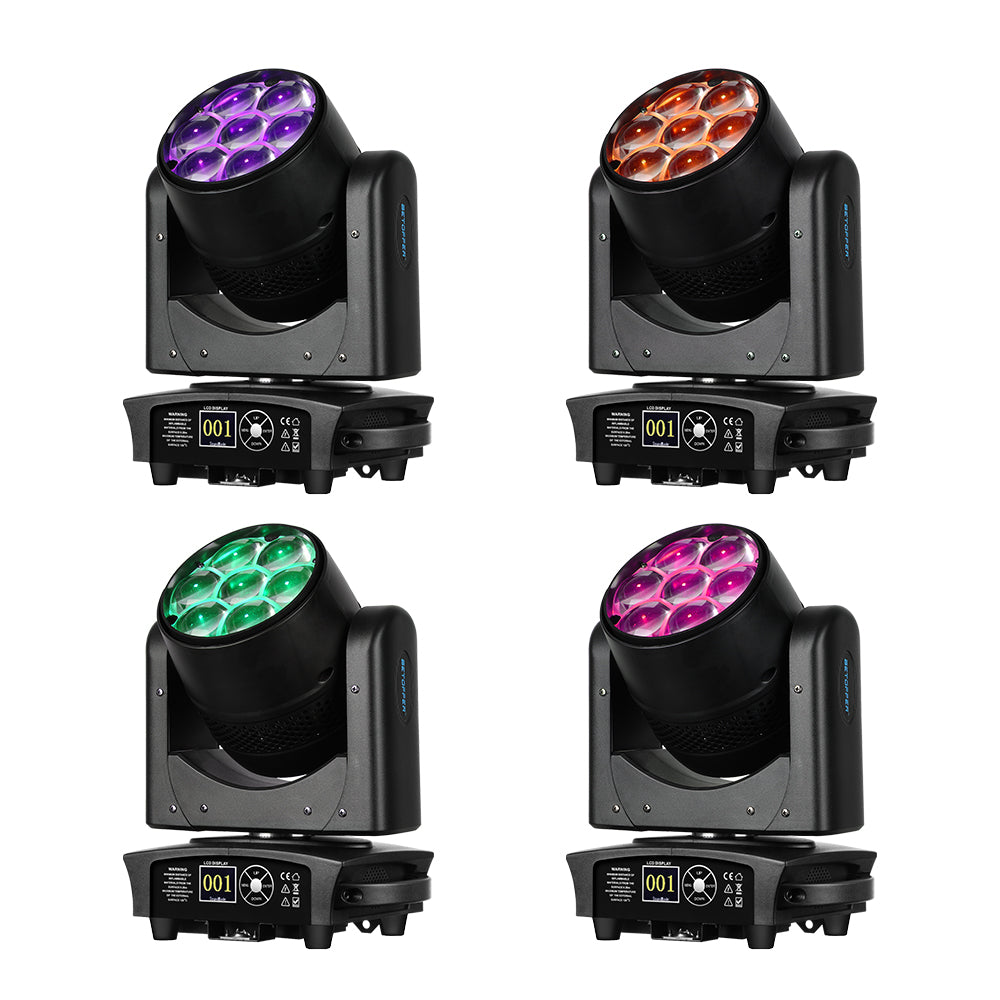
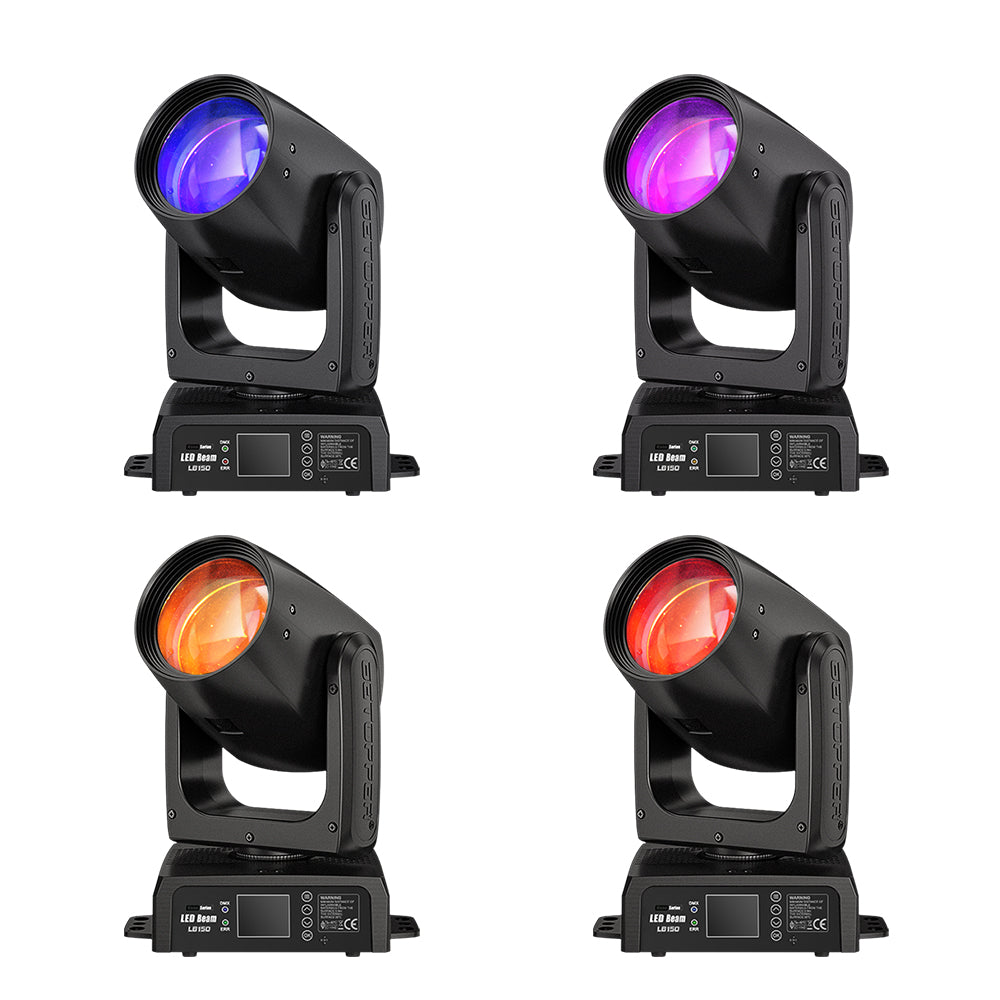
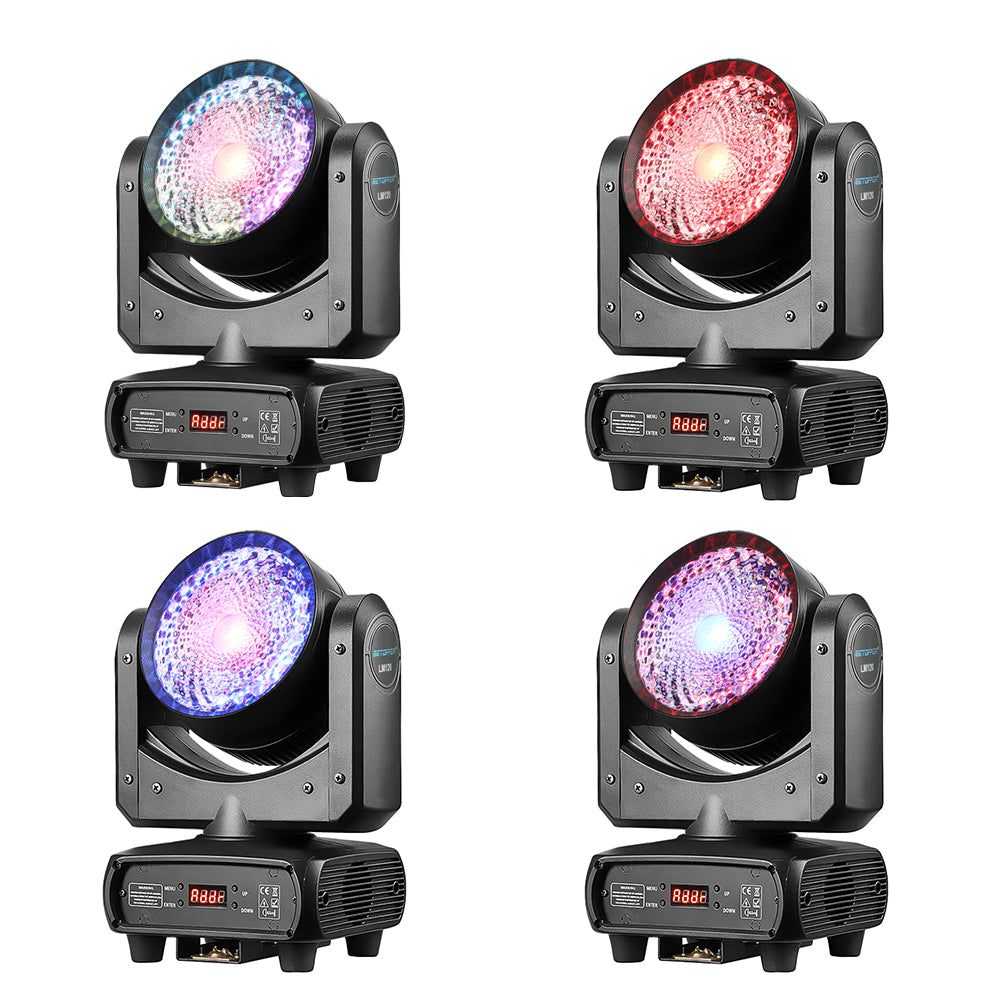
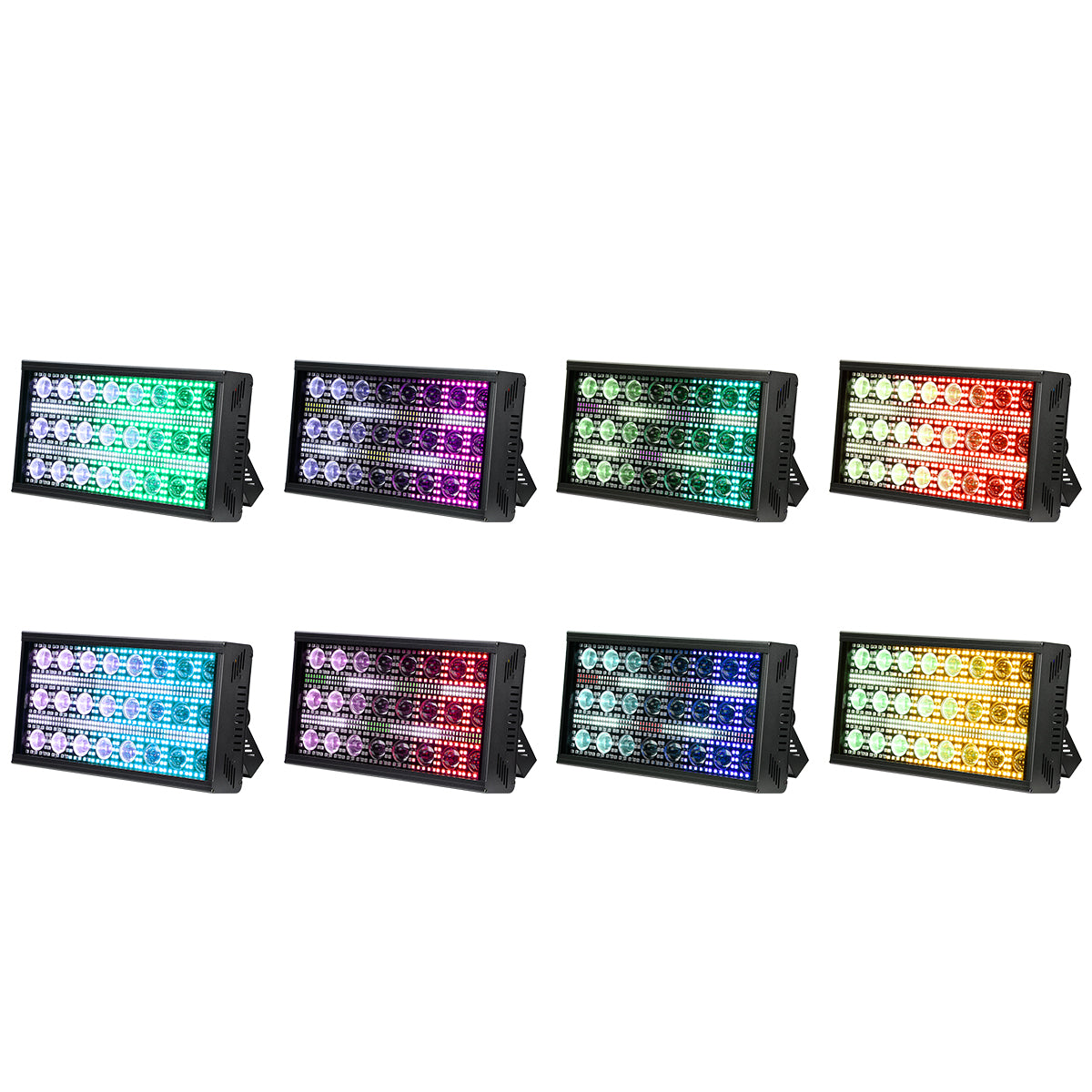
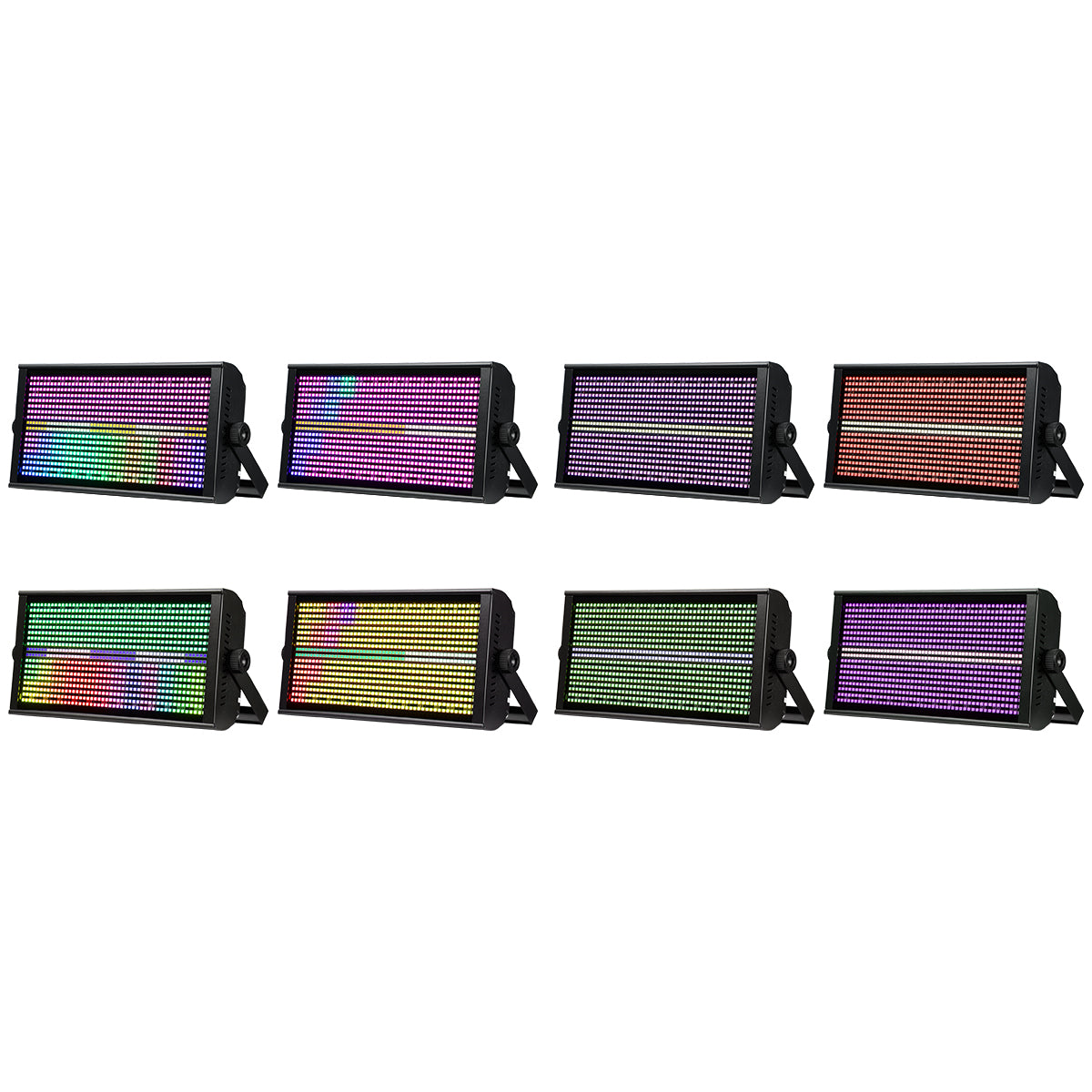
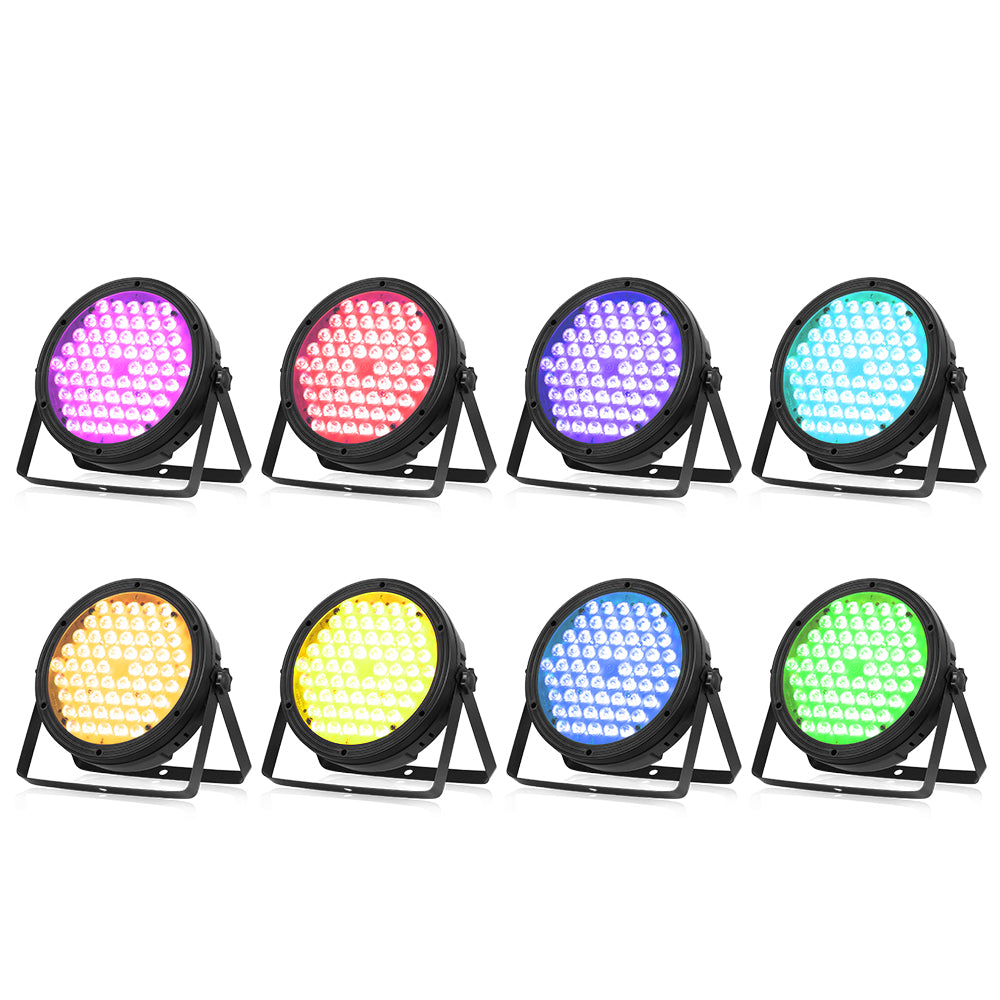
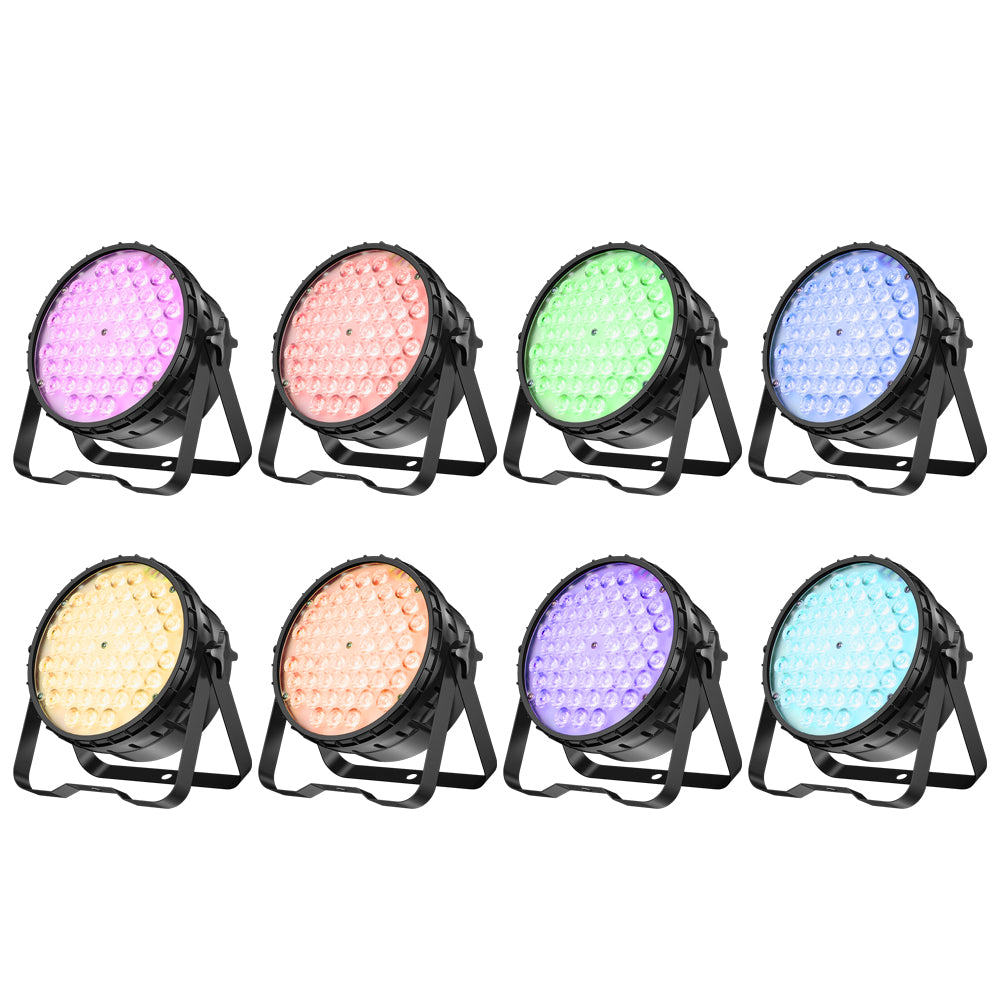
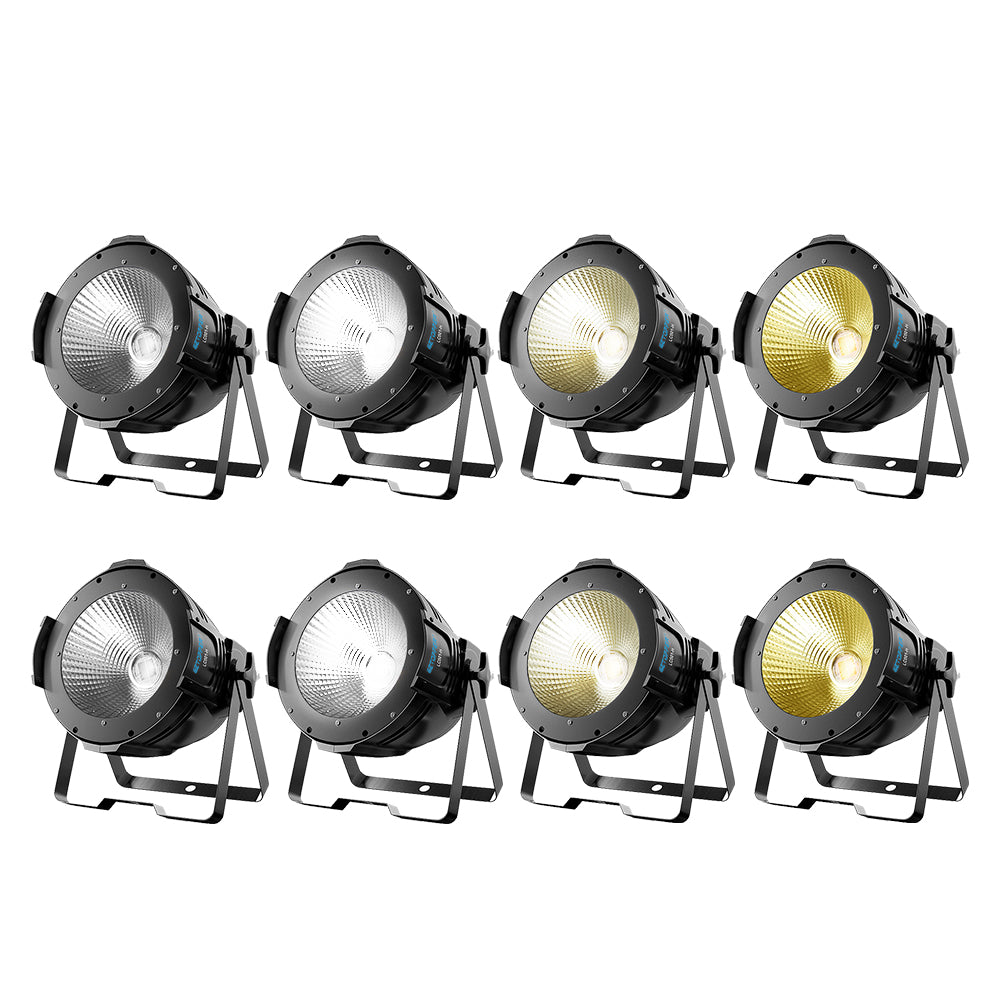
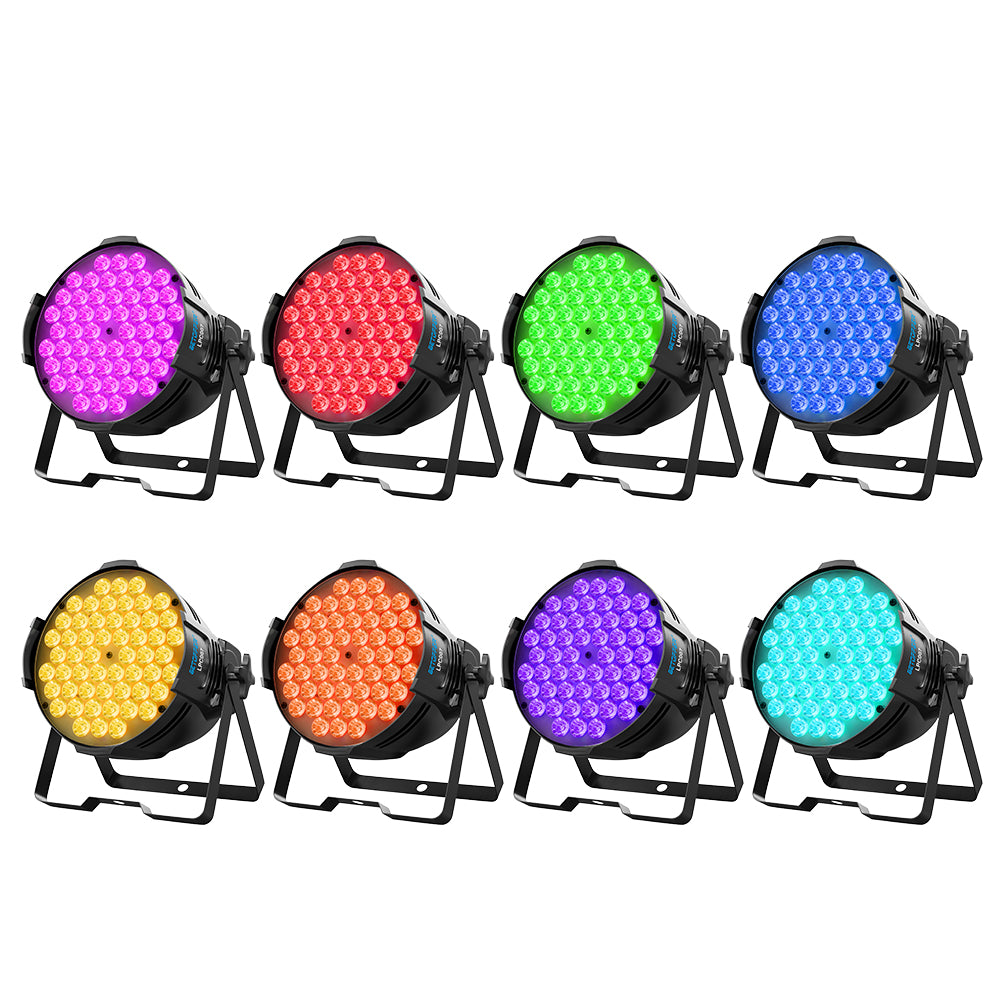

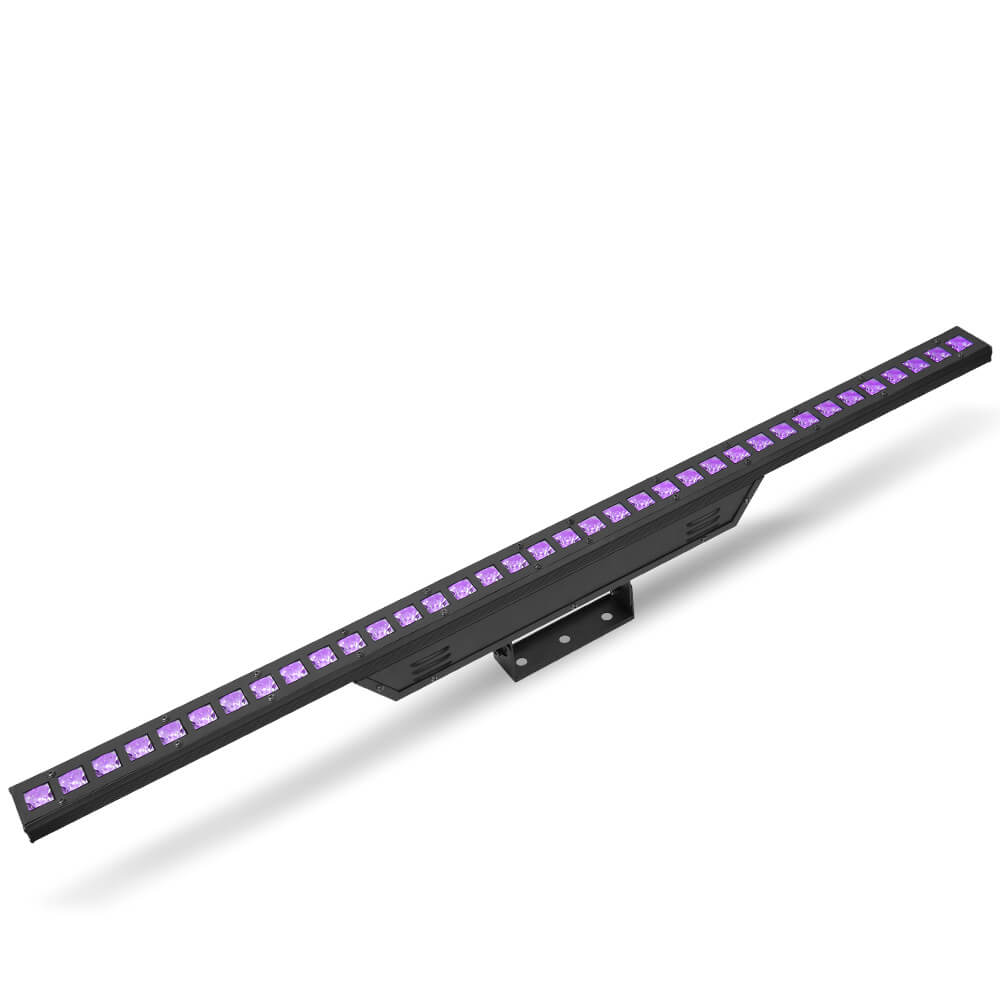

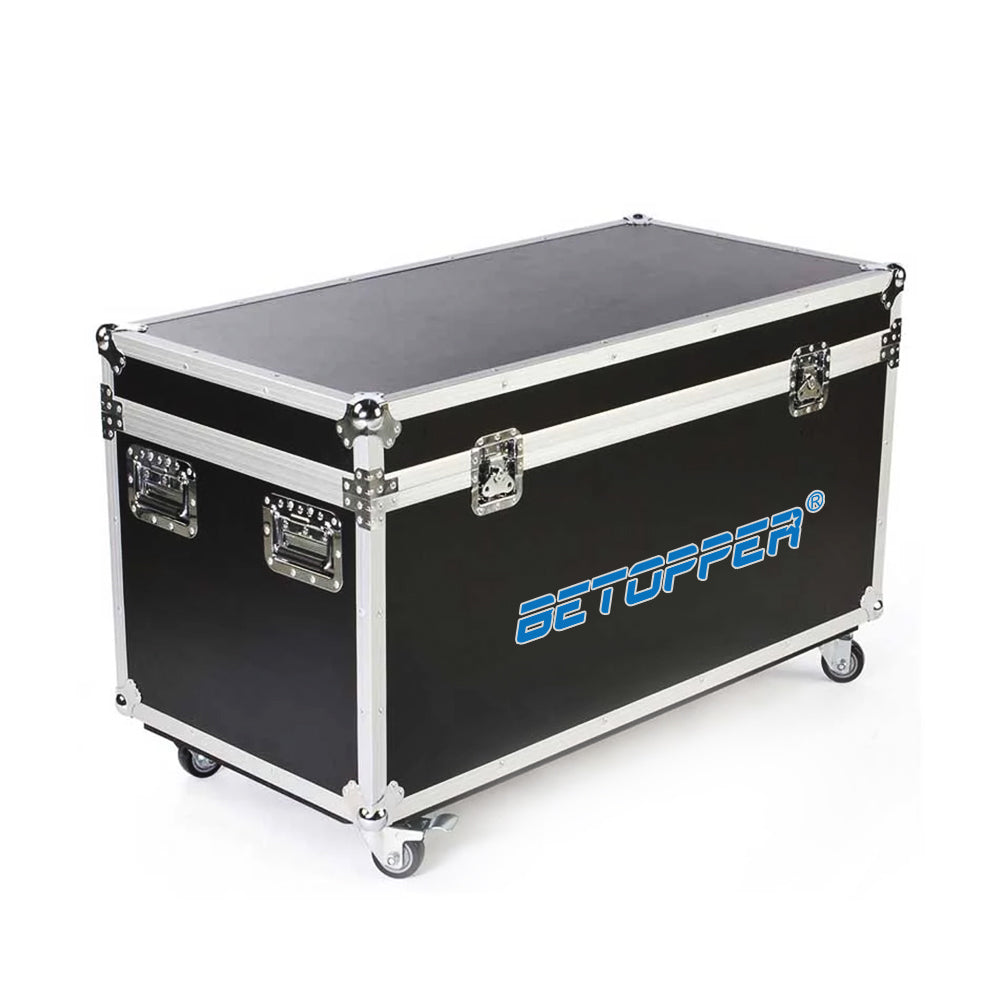
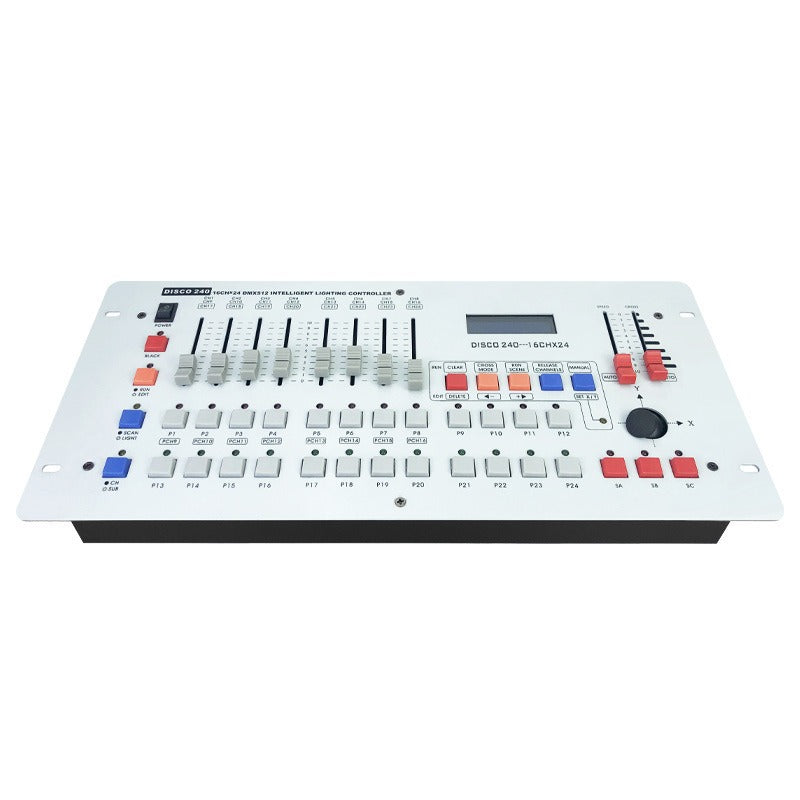
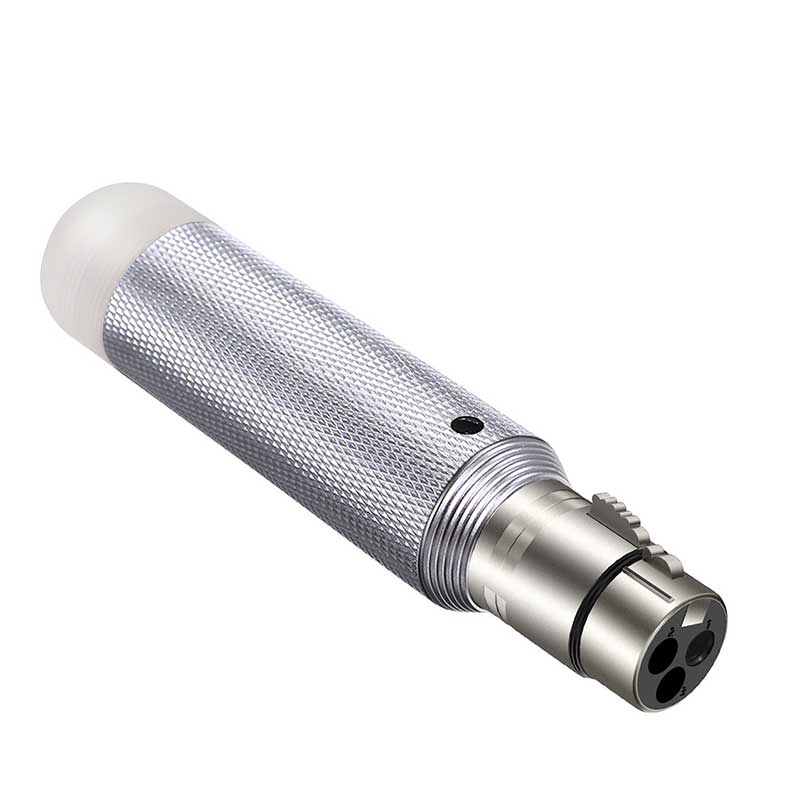
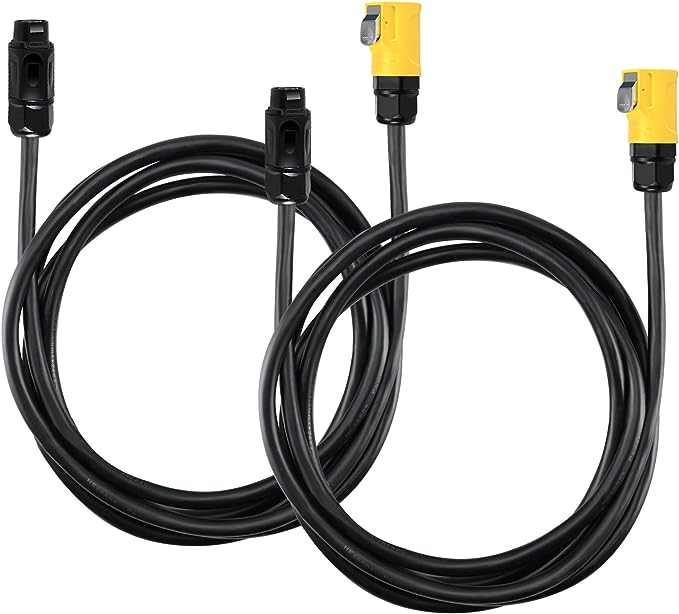
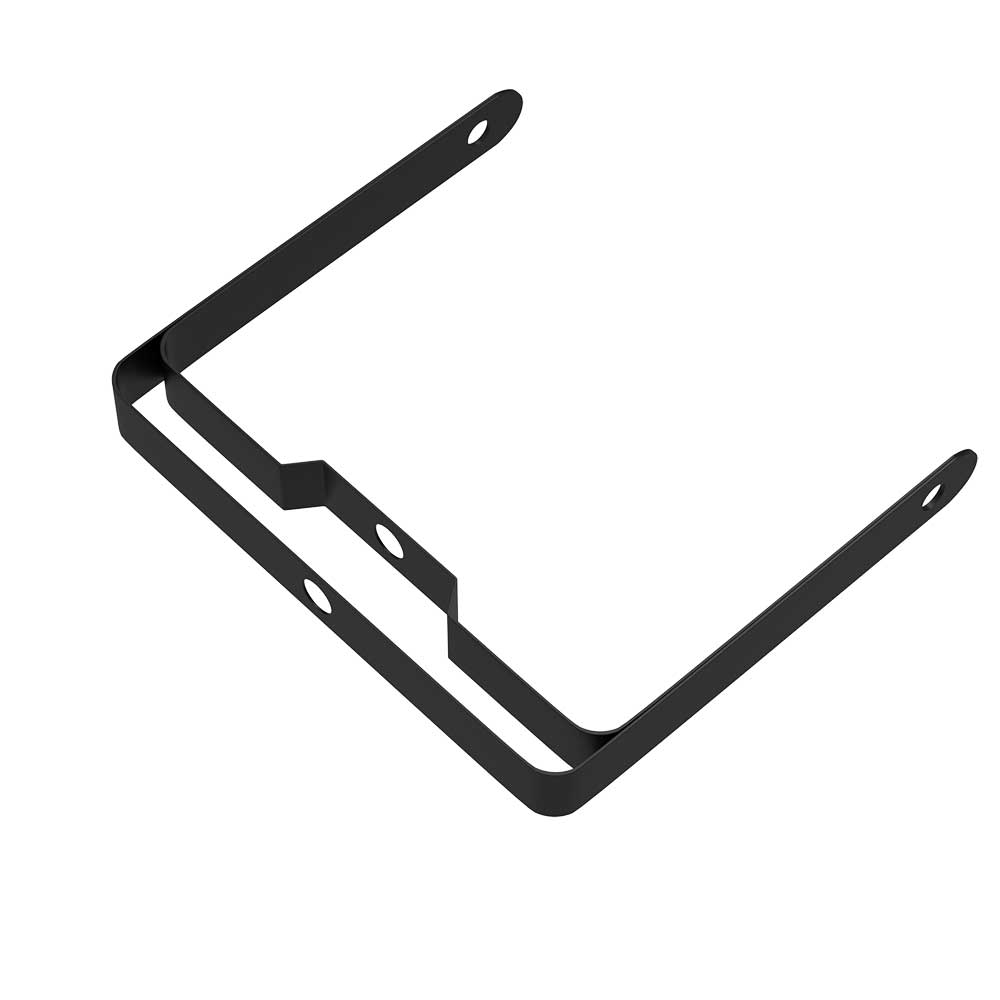
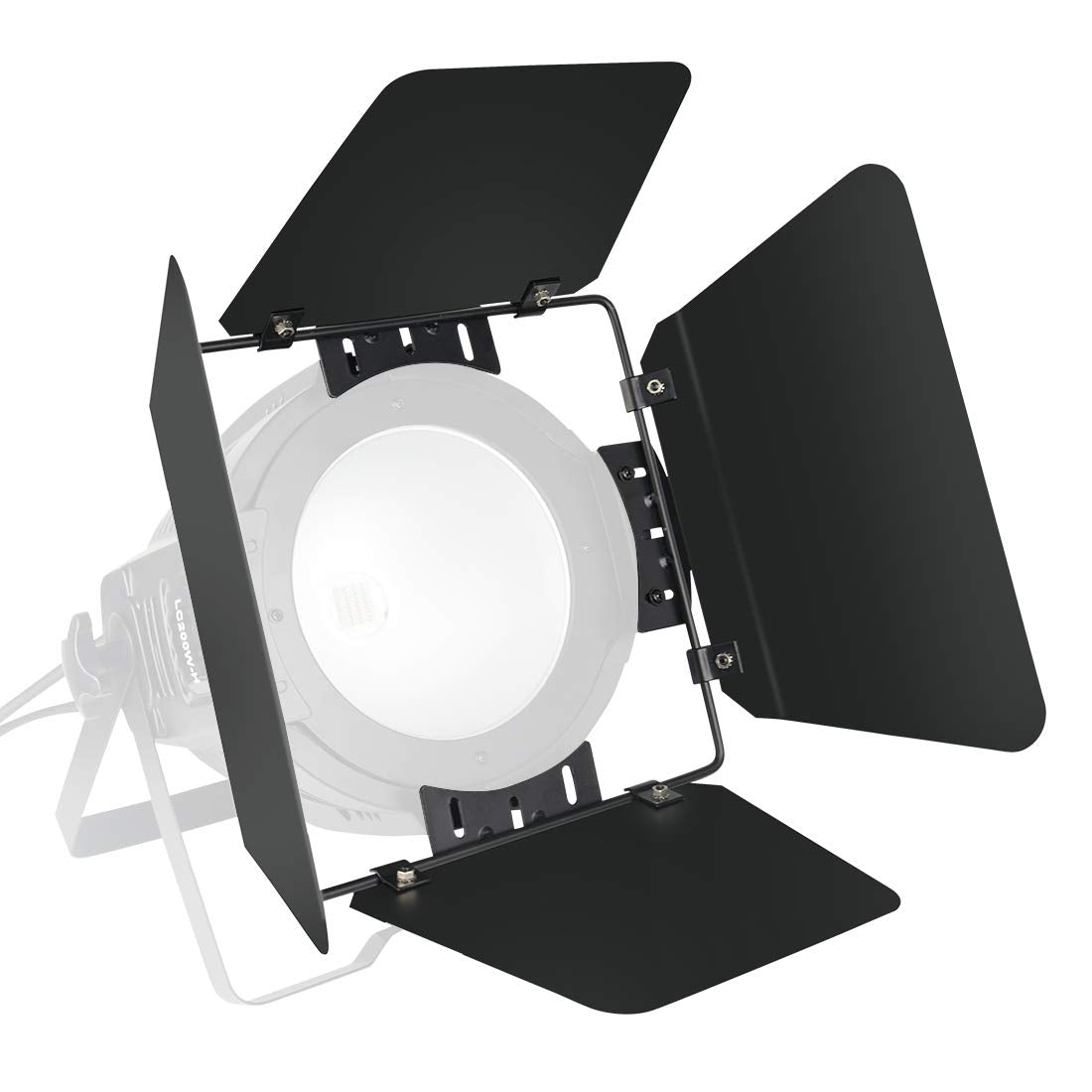
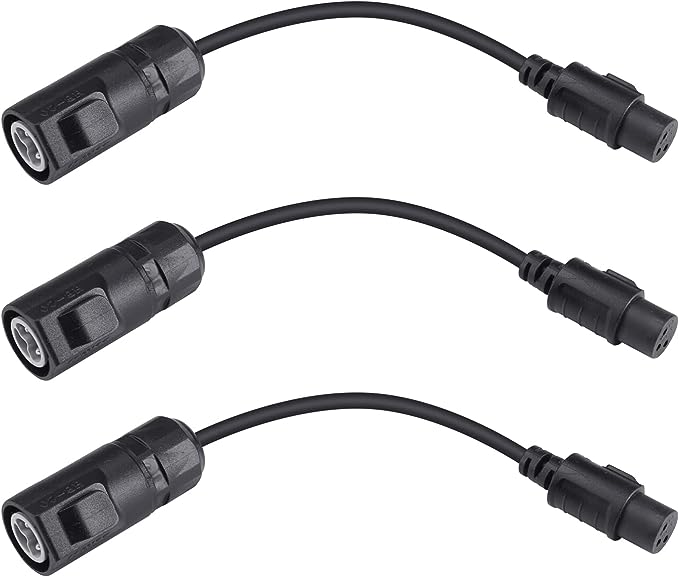
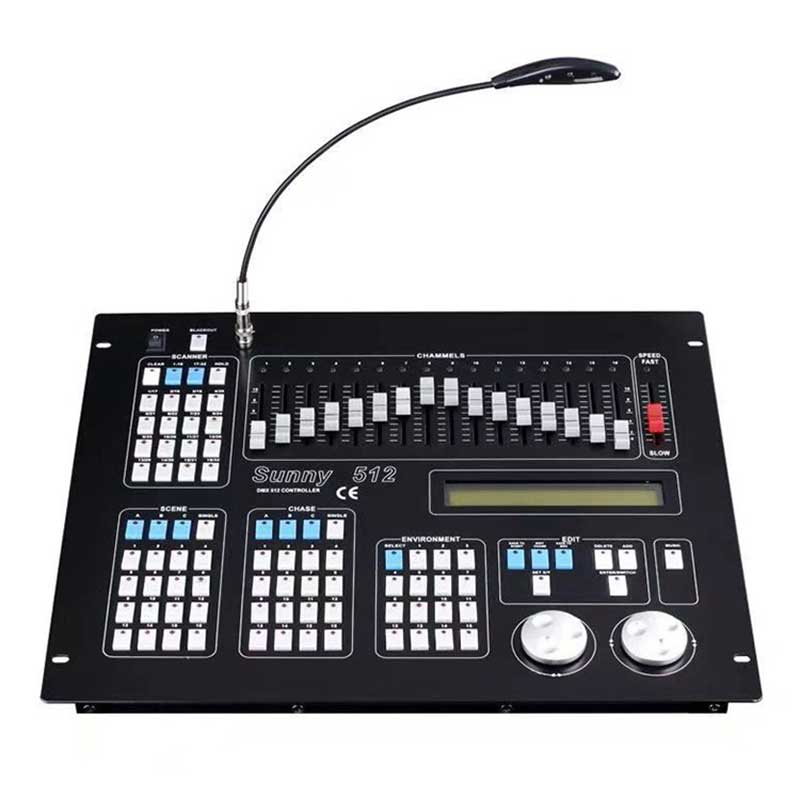

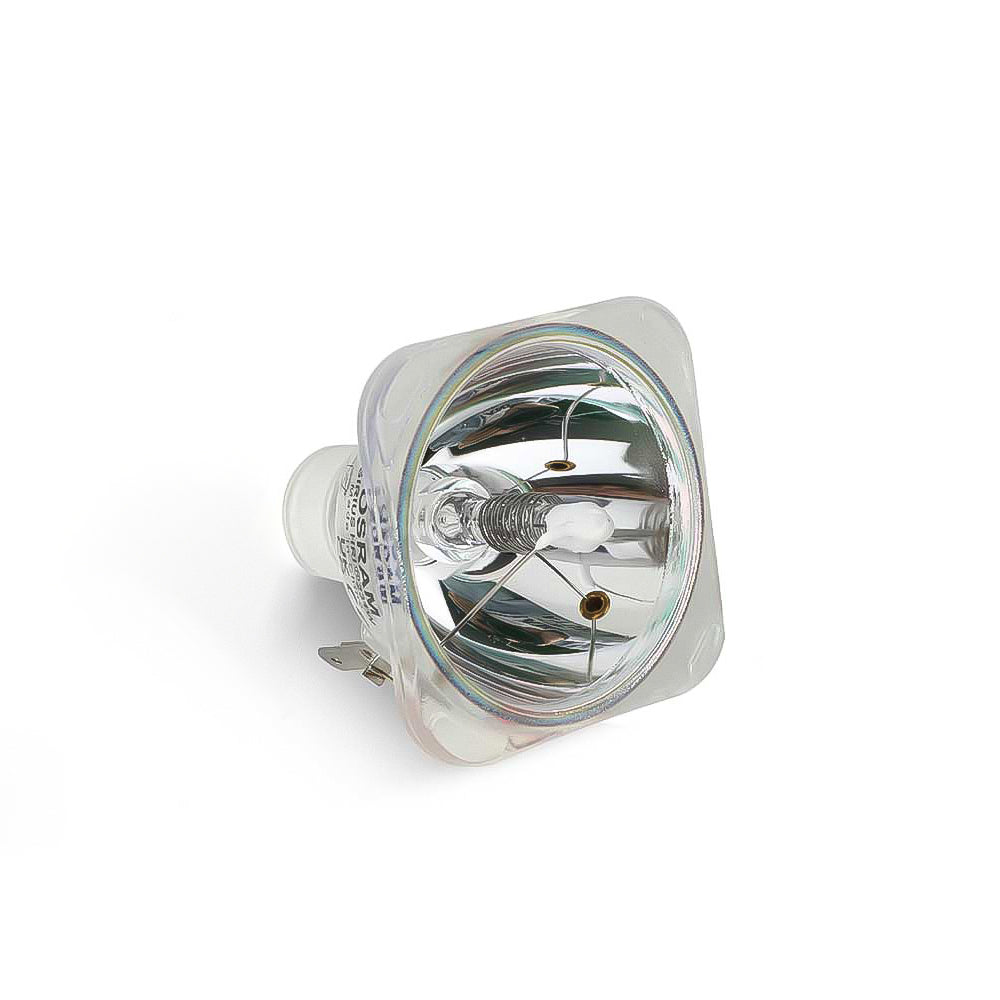
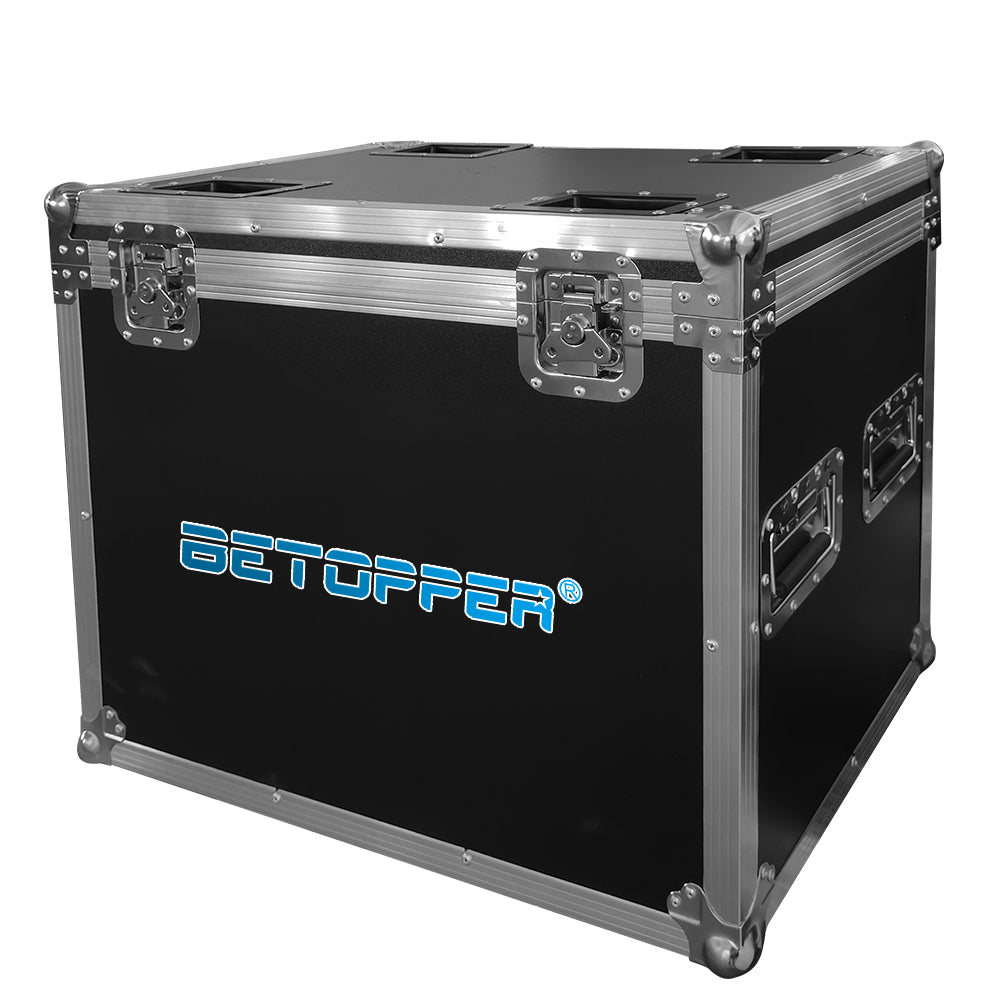
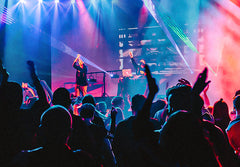
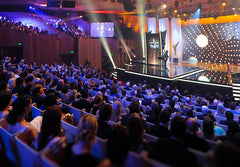



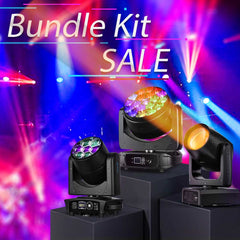
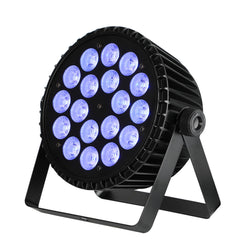

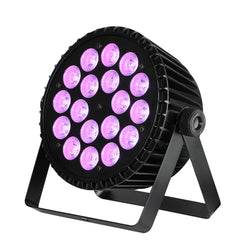









Leave a comment
This site is protected by hCaptcha and the hCaptcha Privacy Policy and Terms of Service apply.